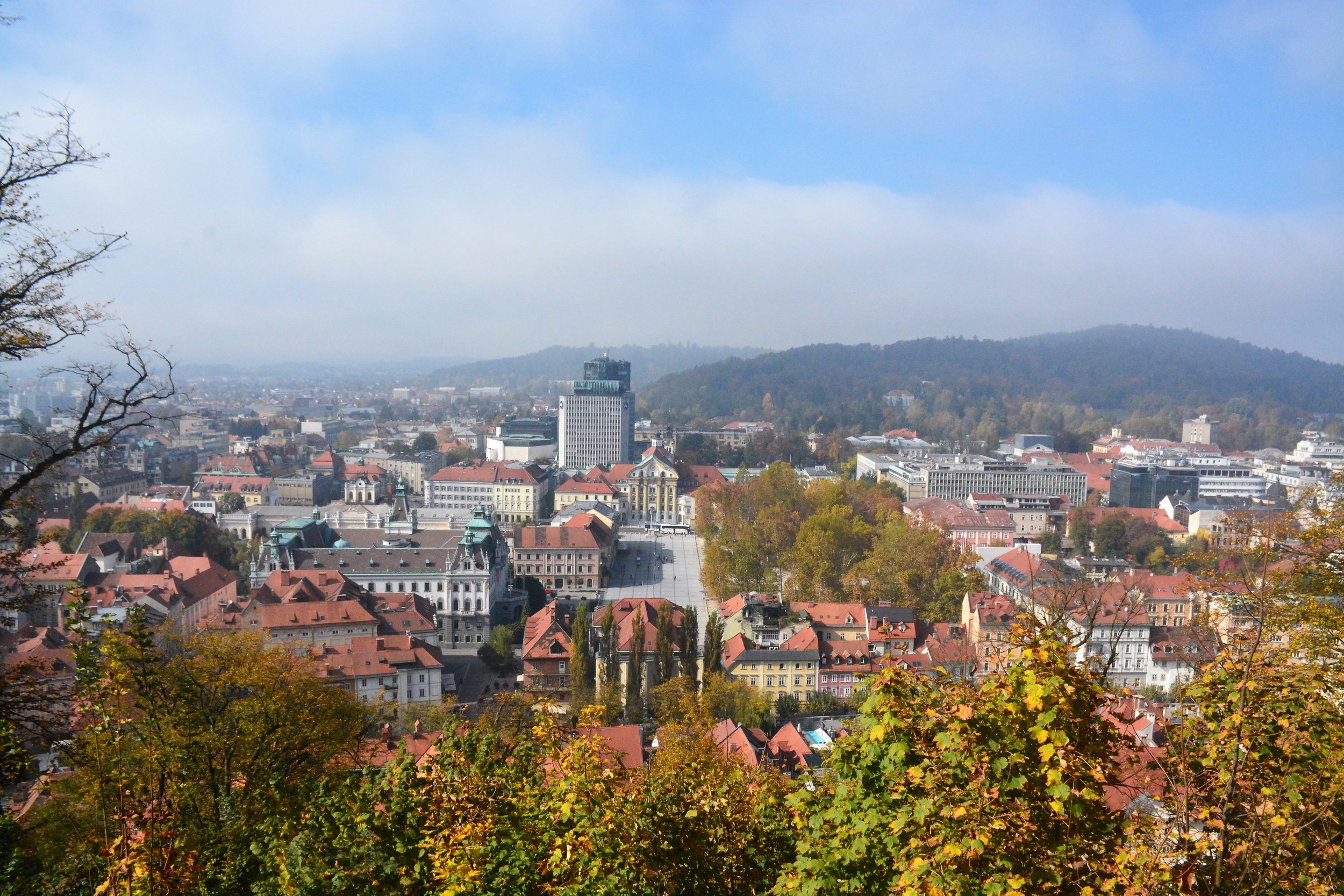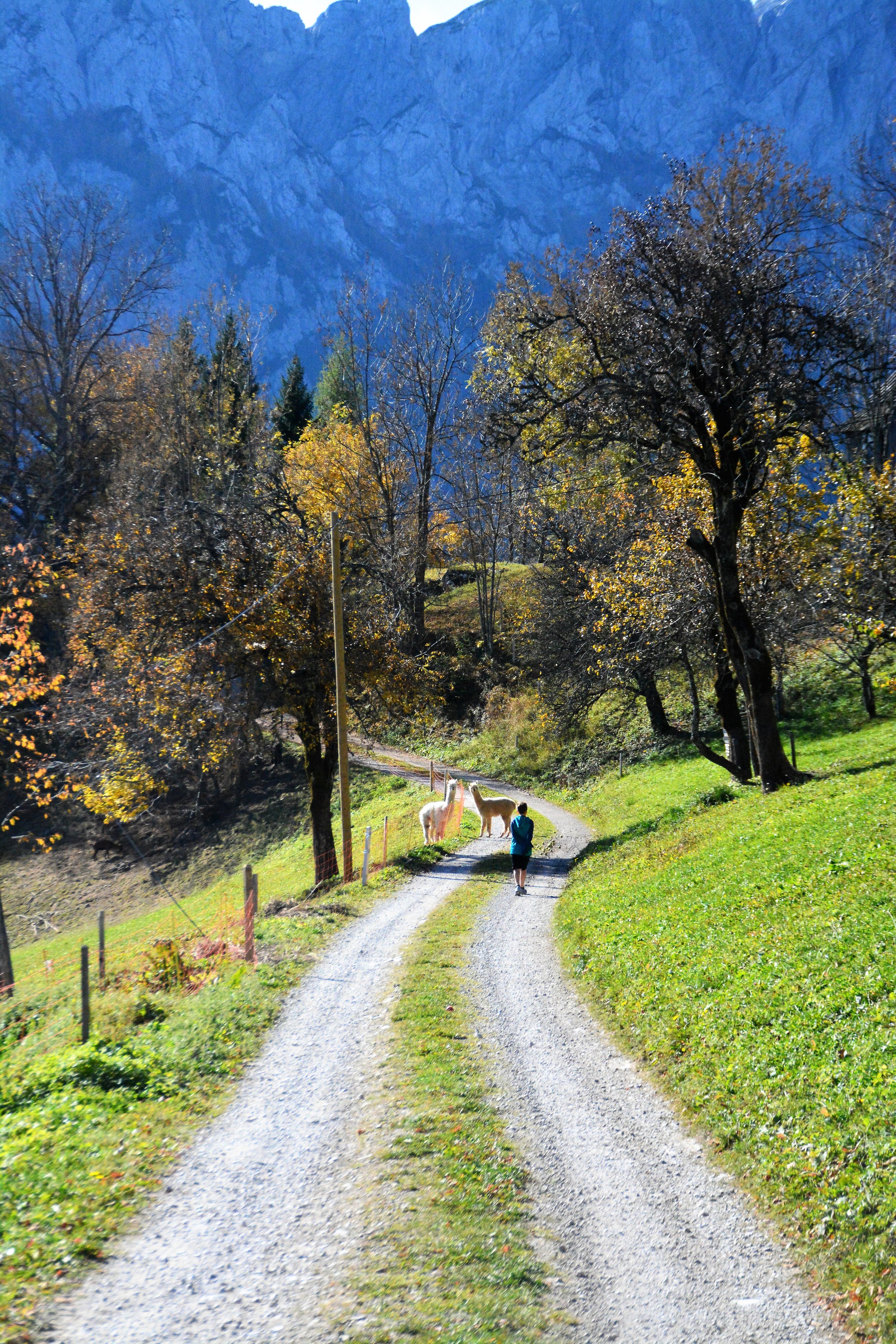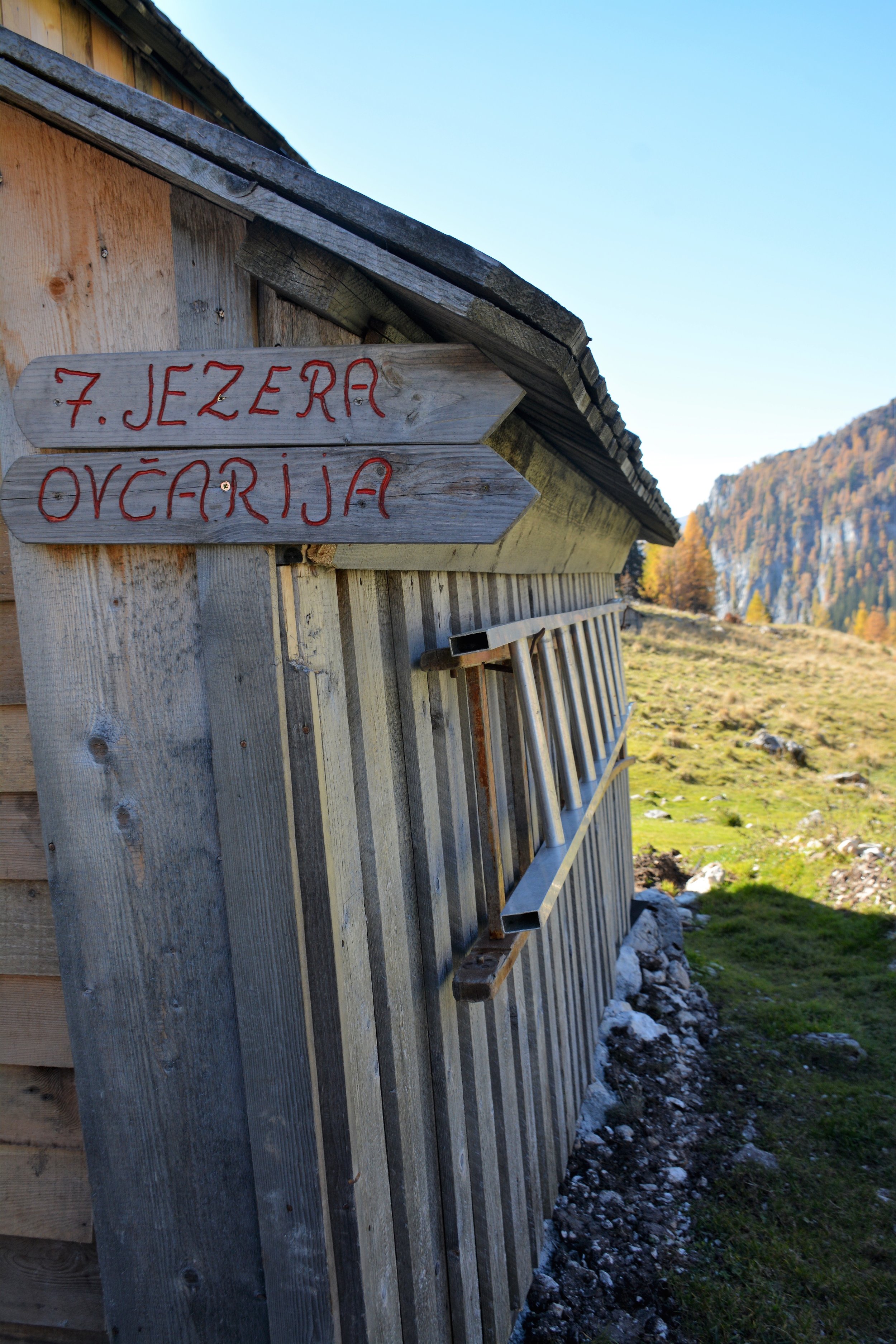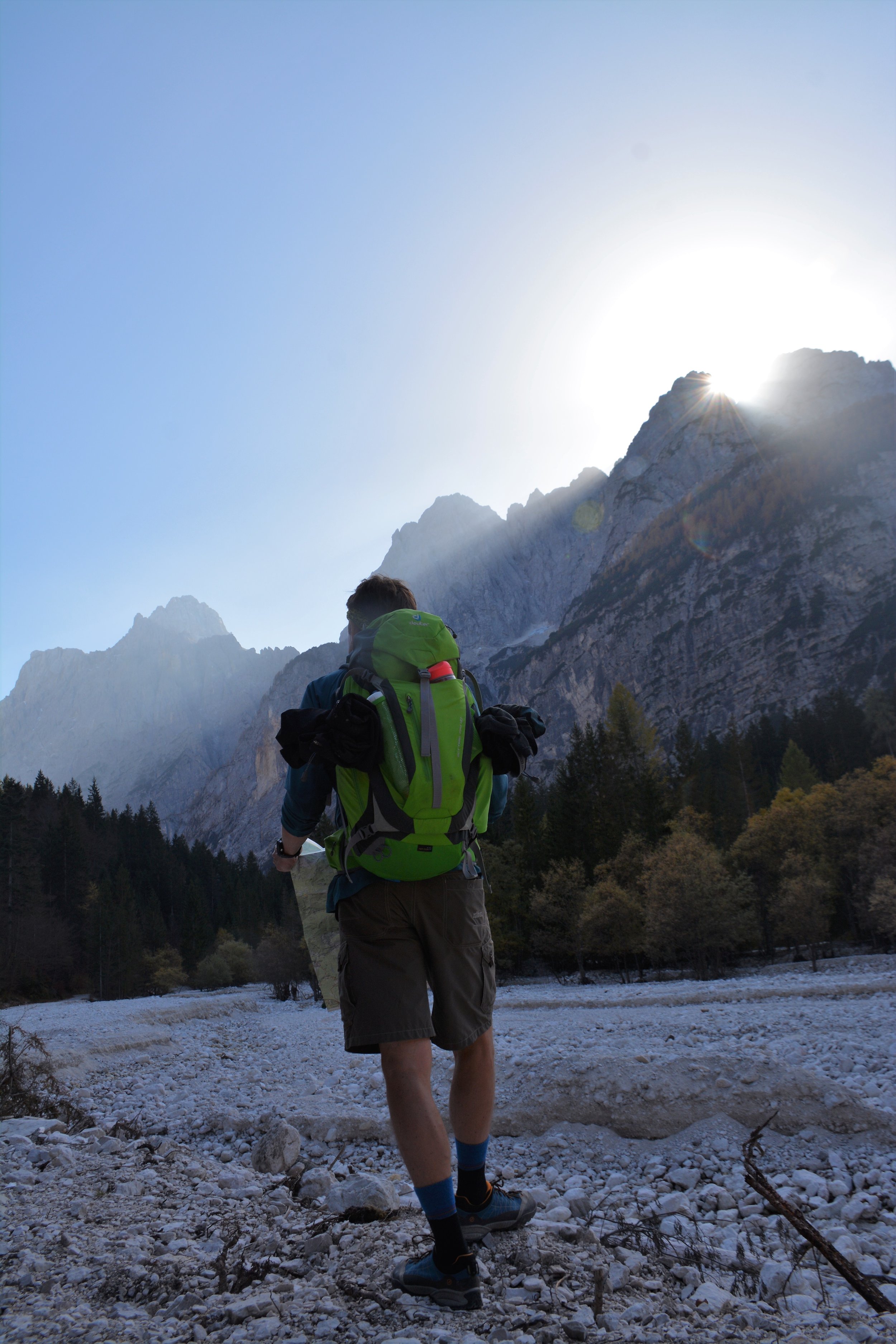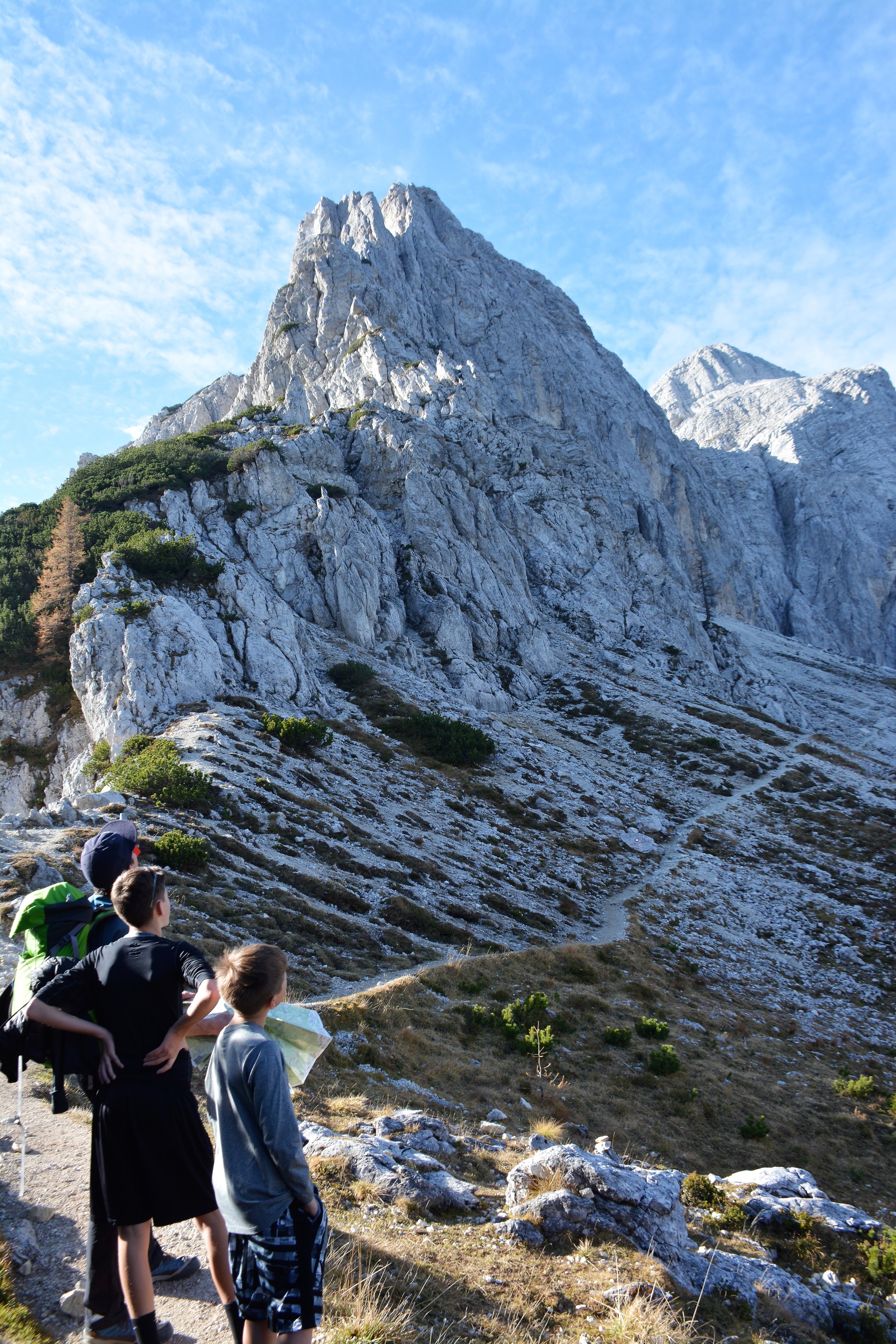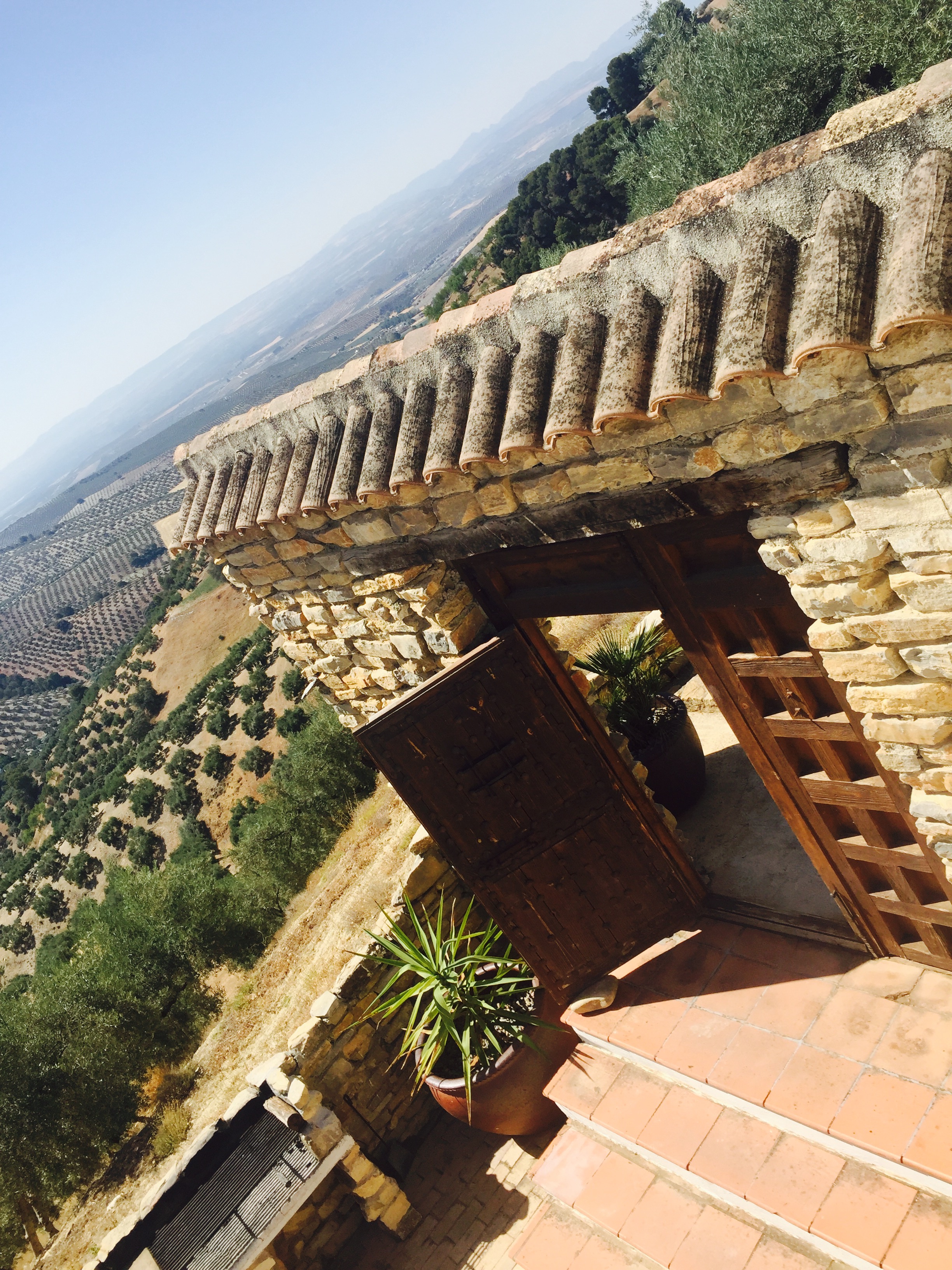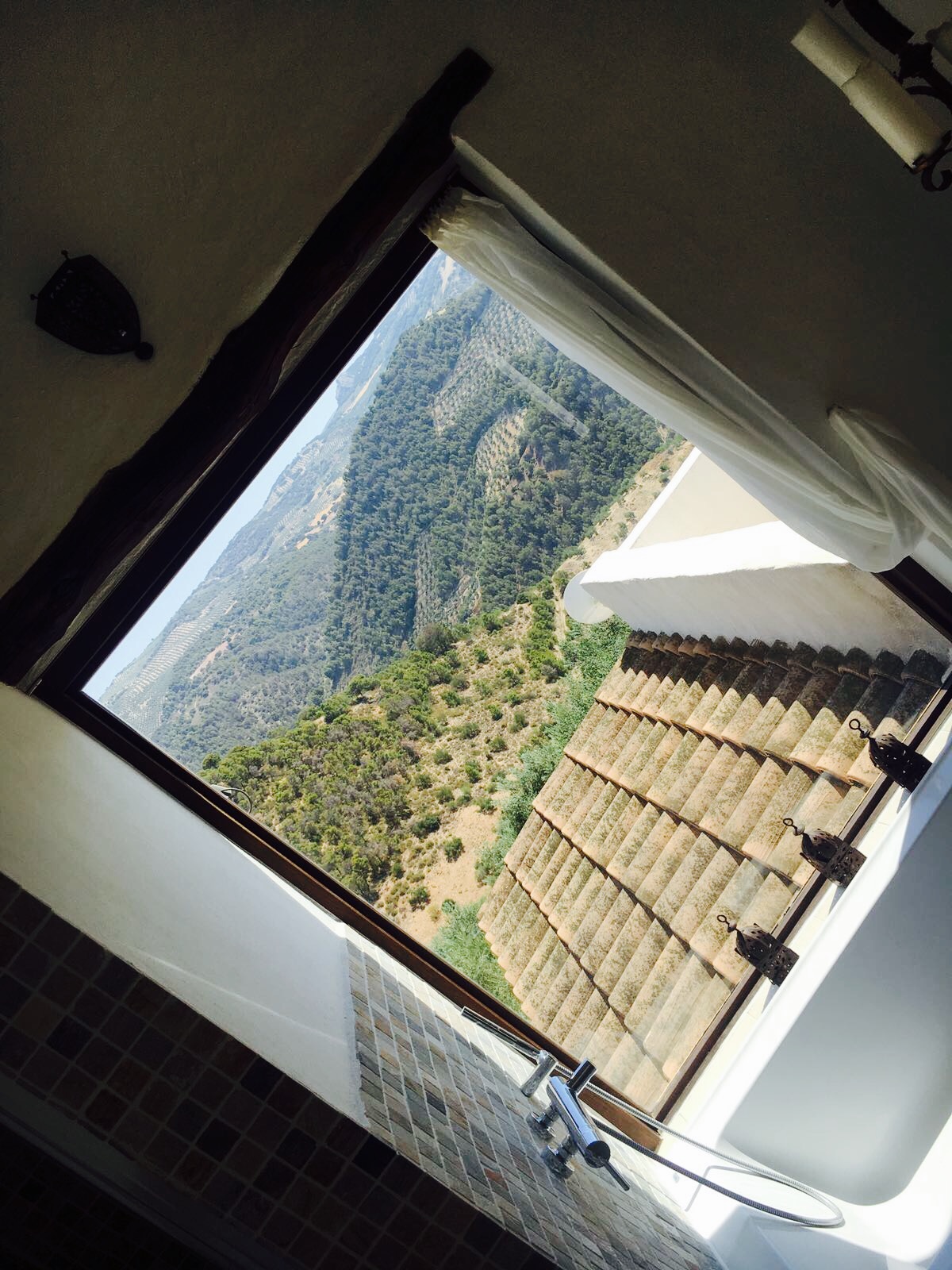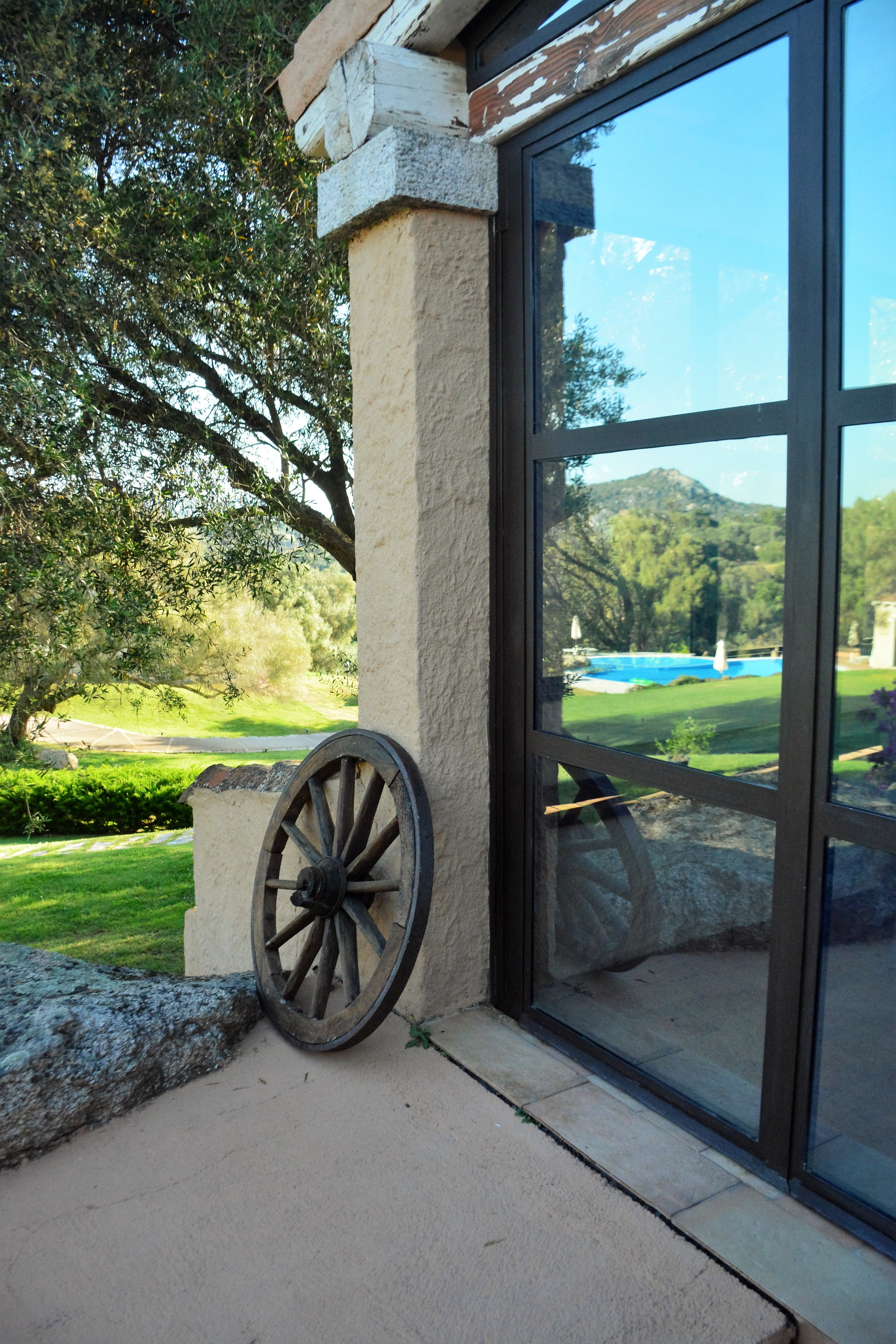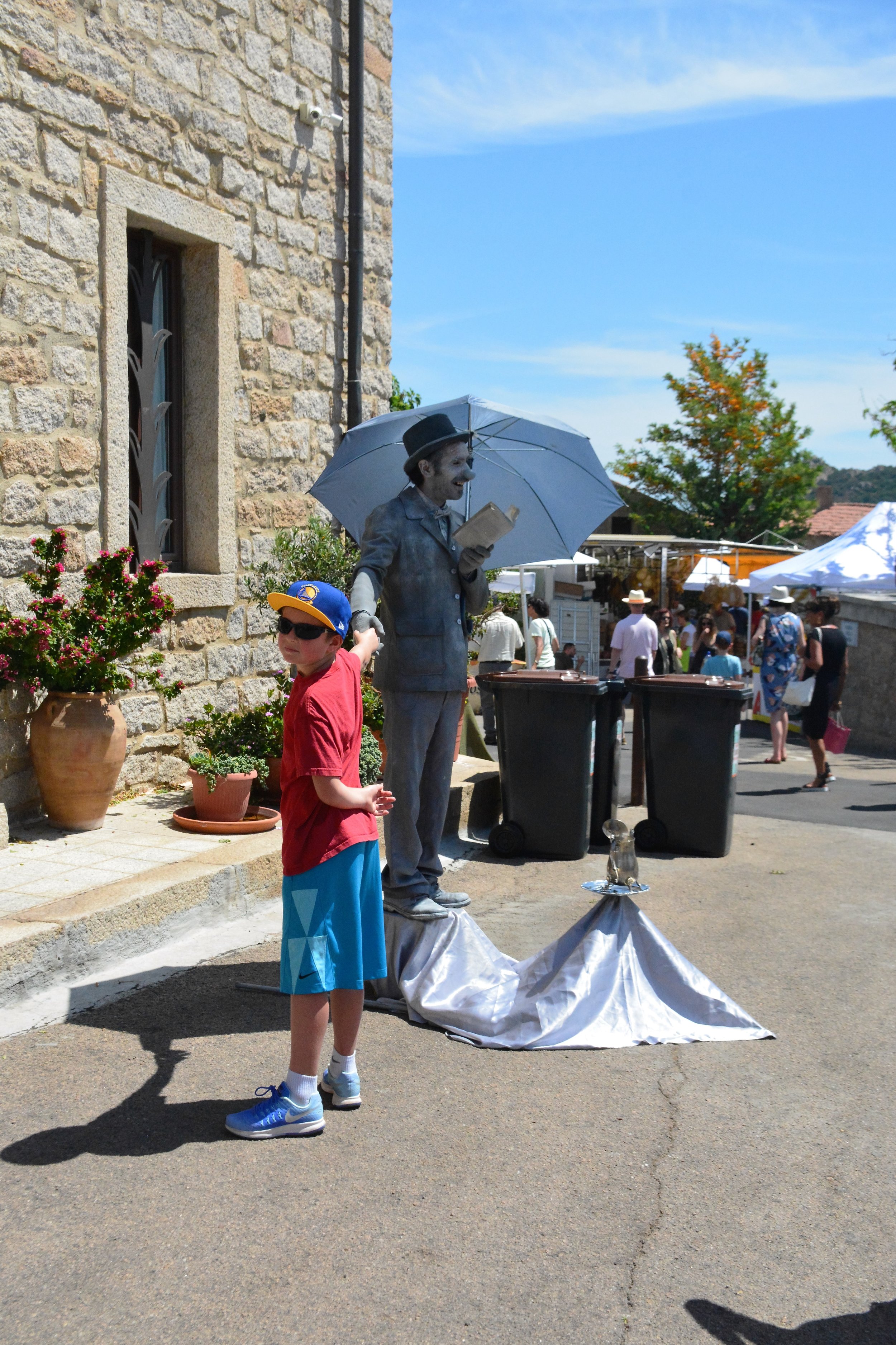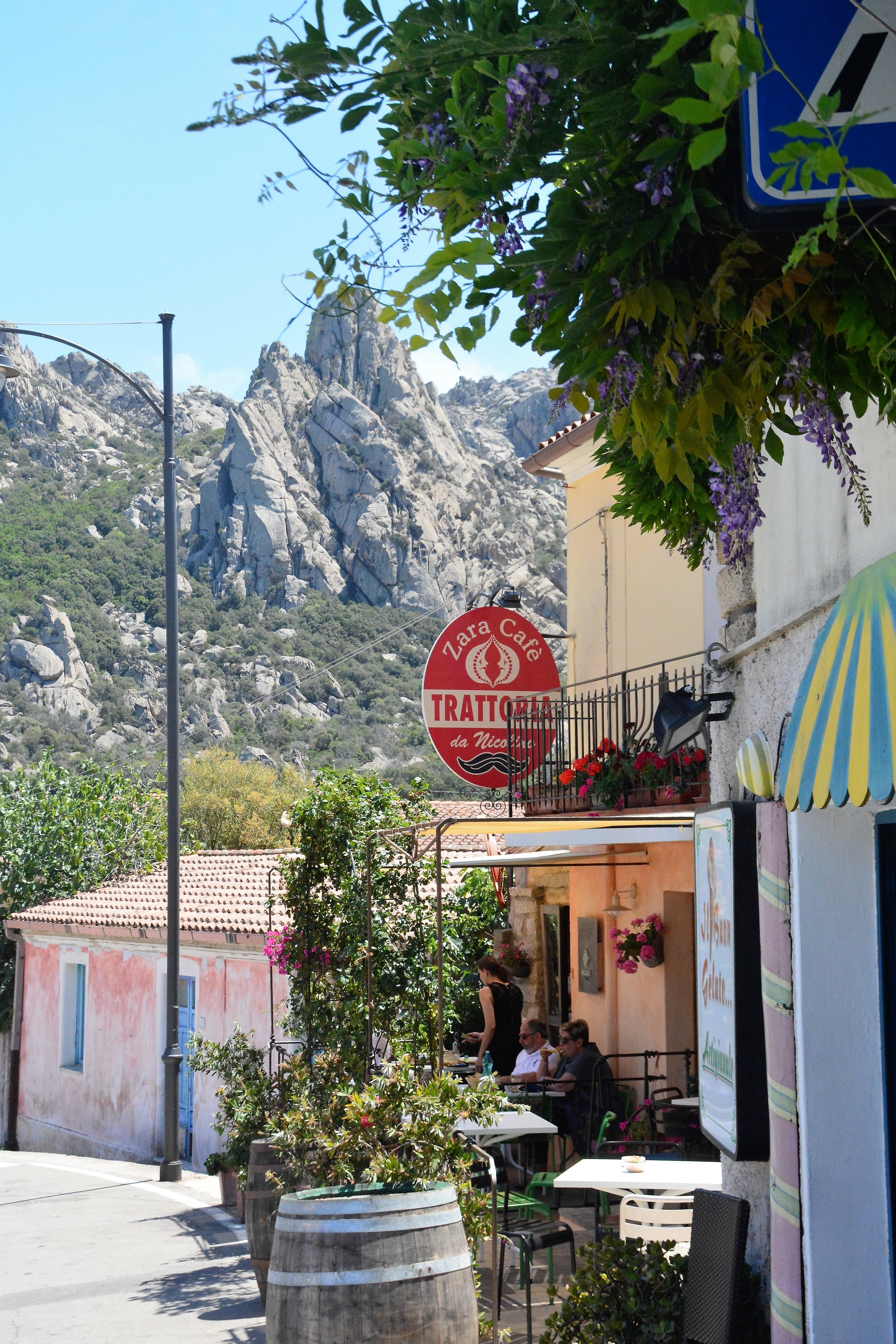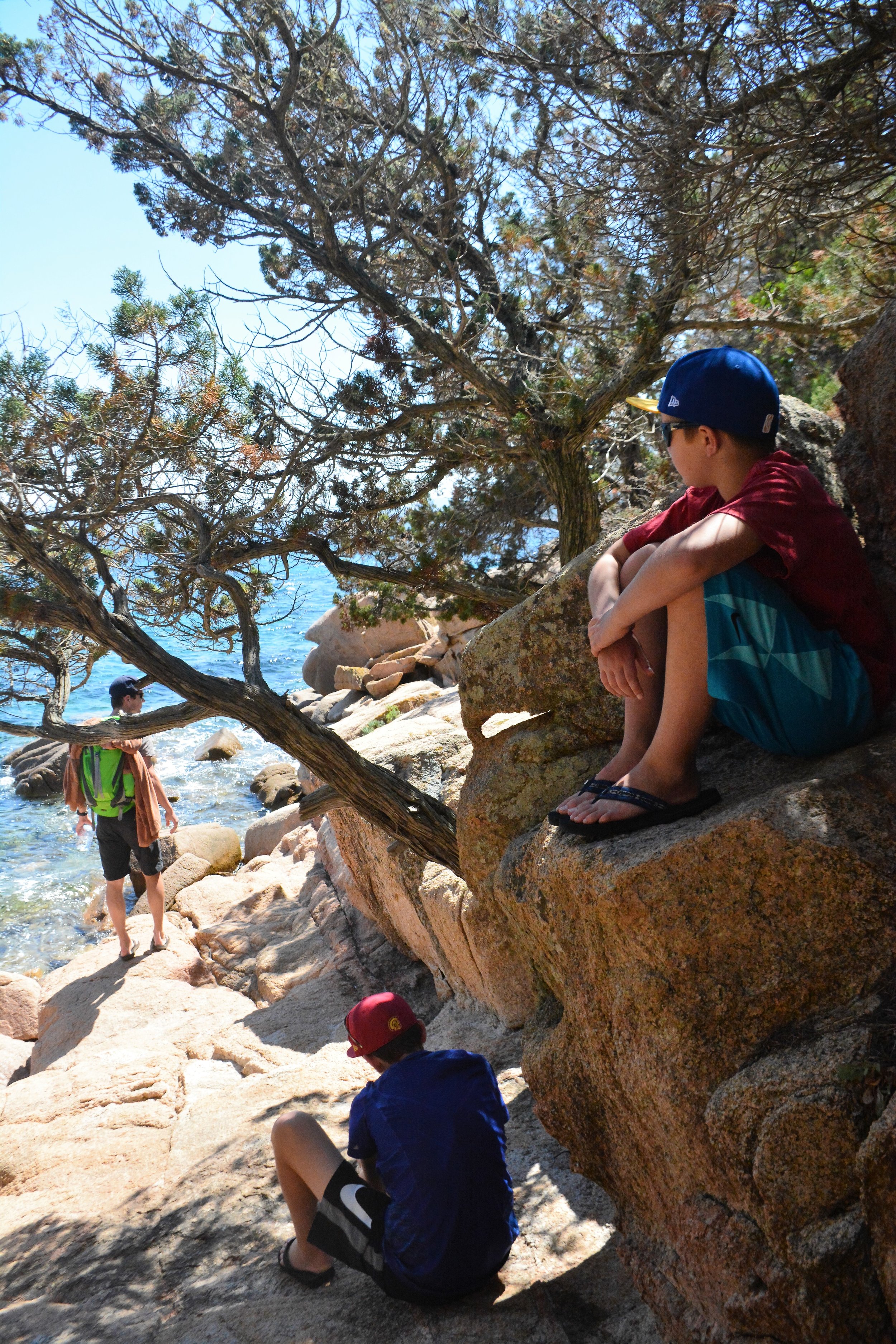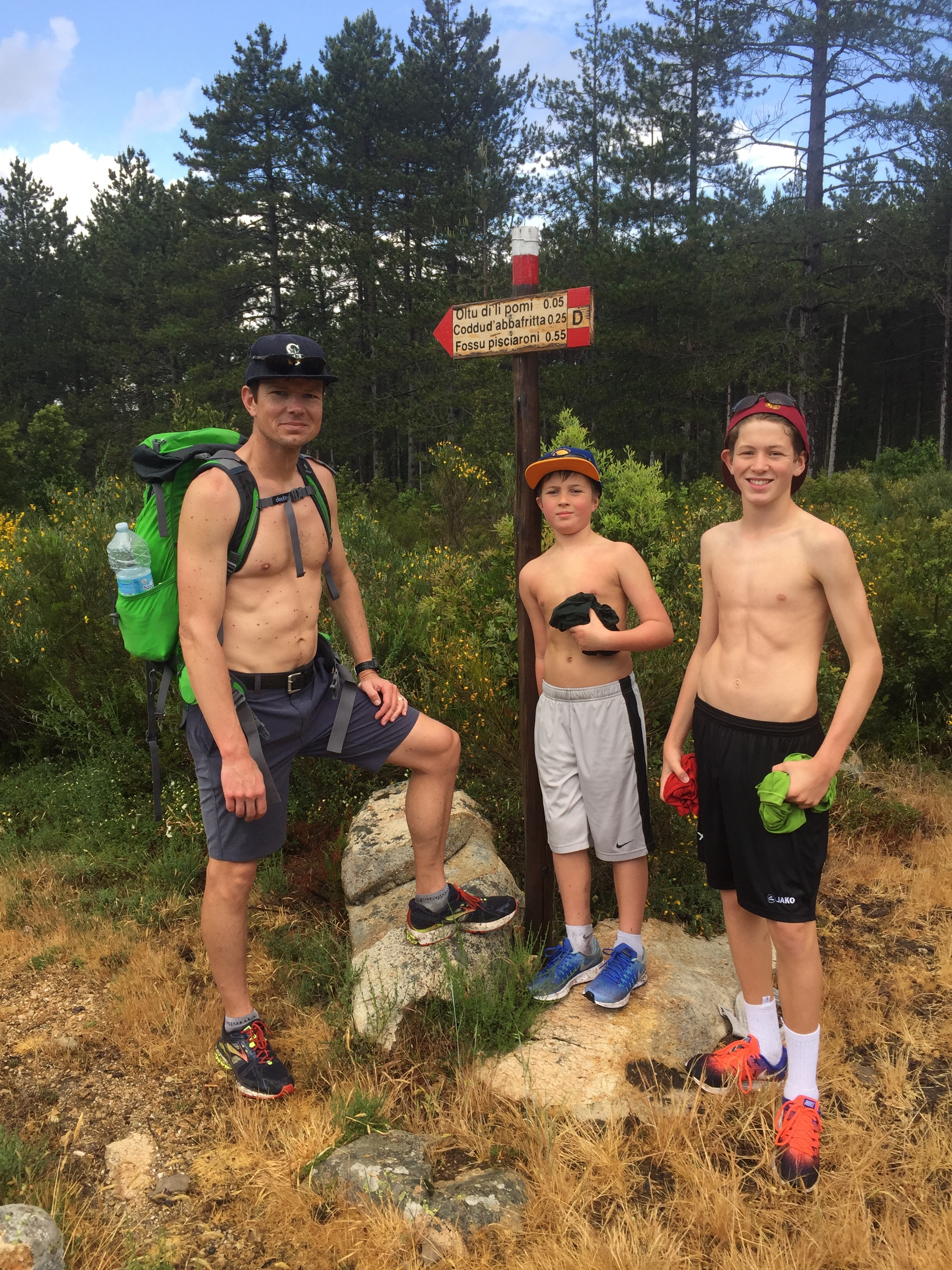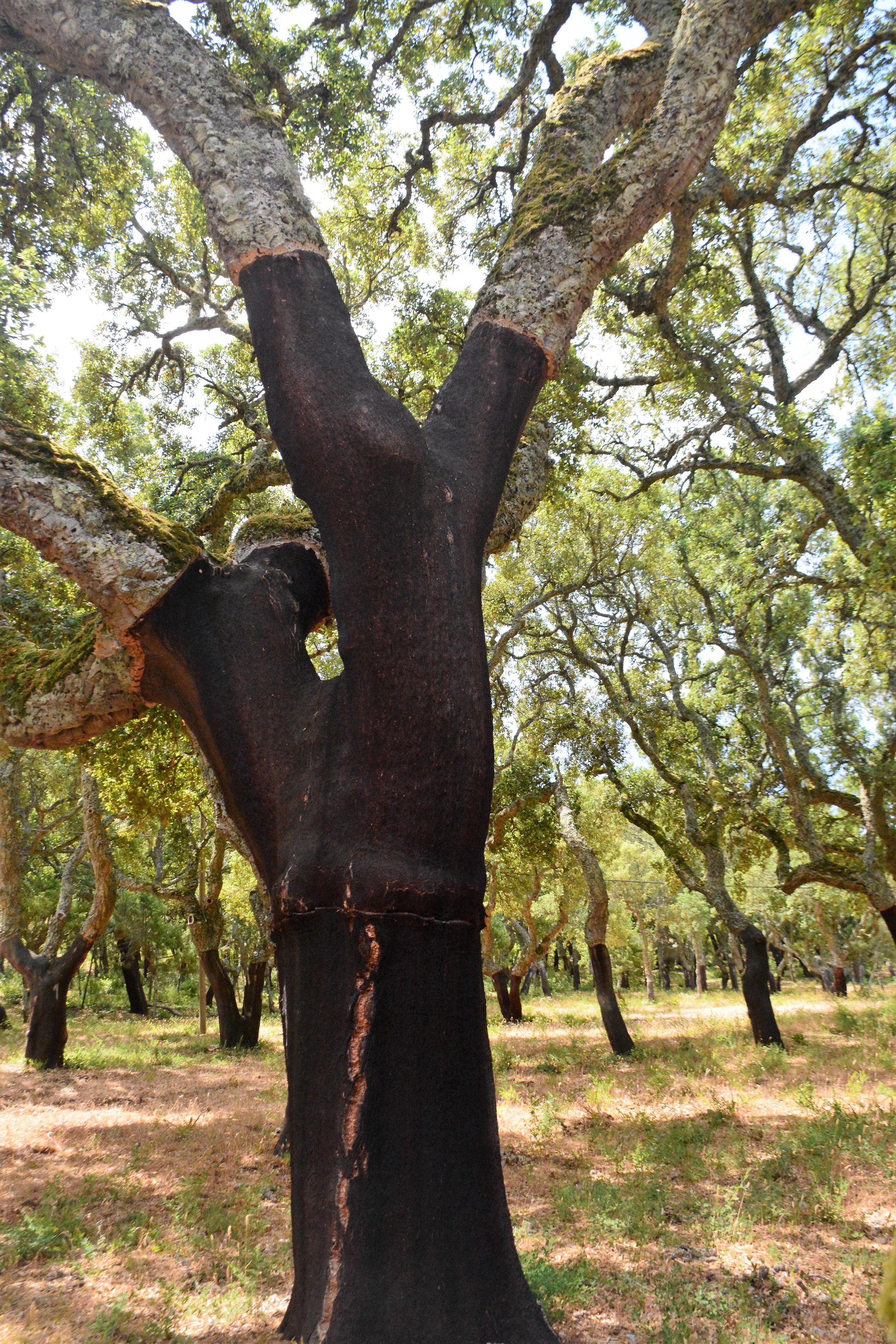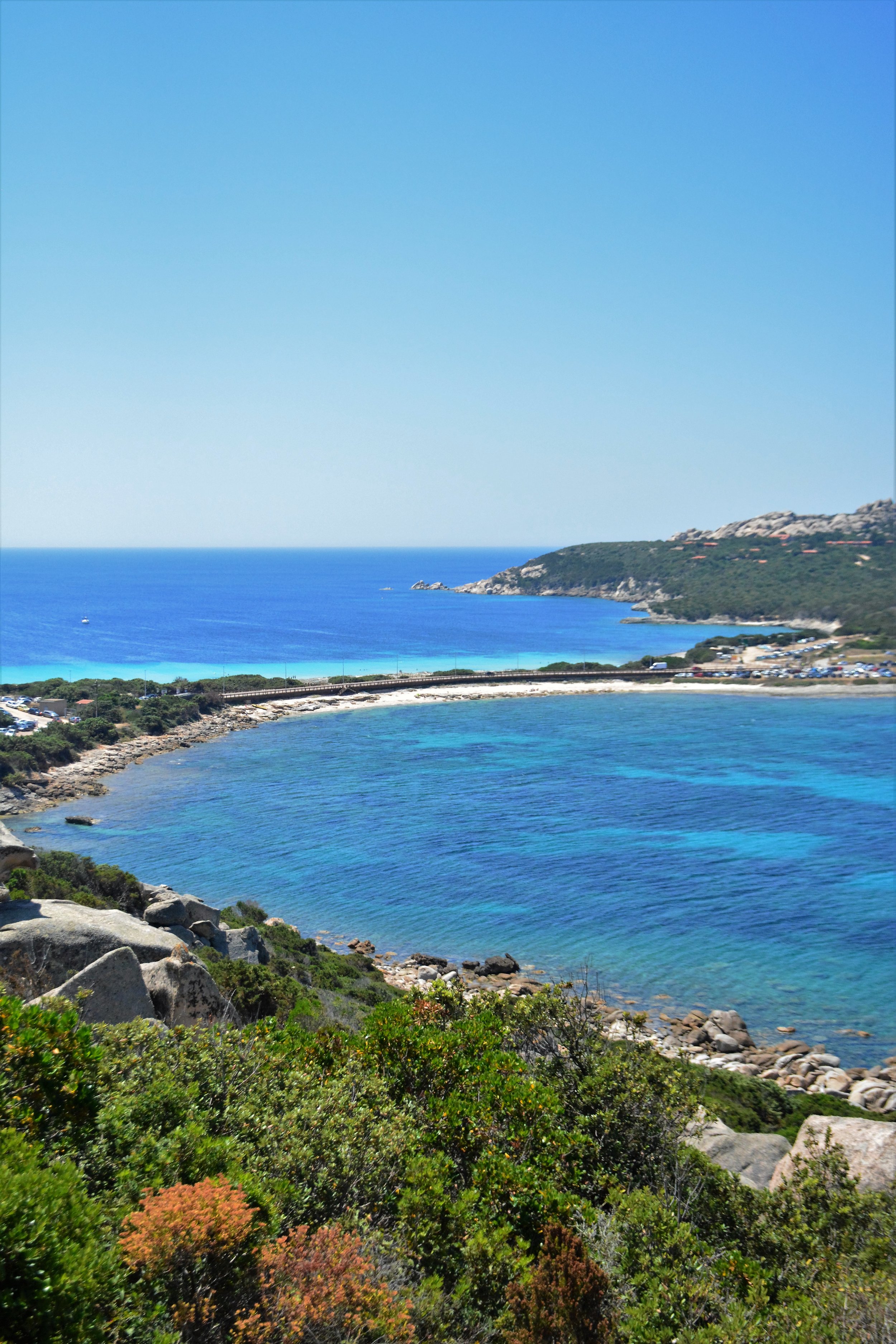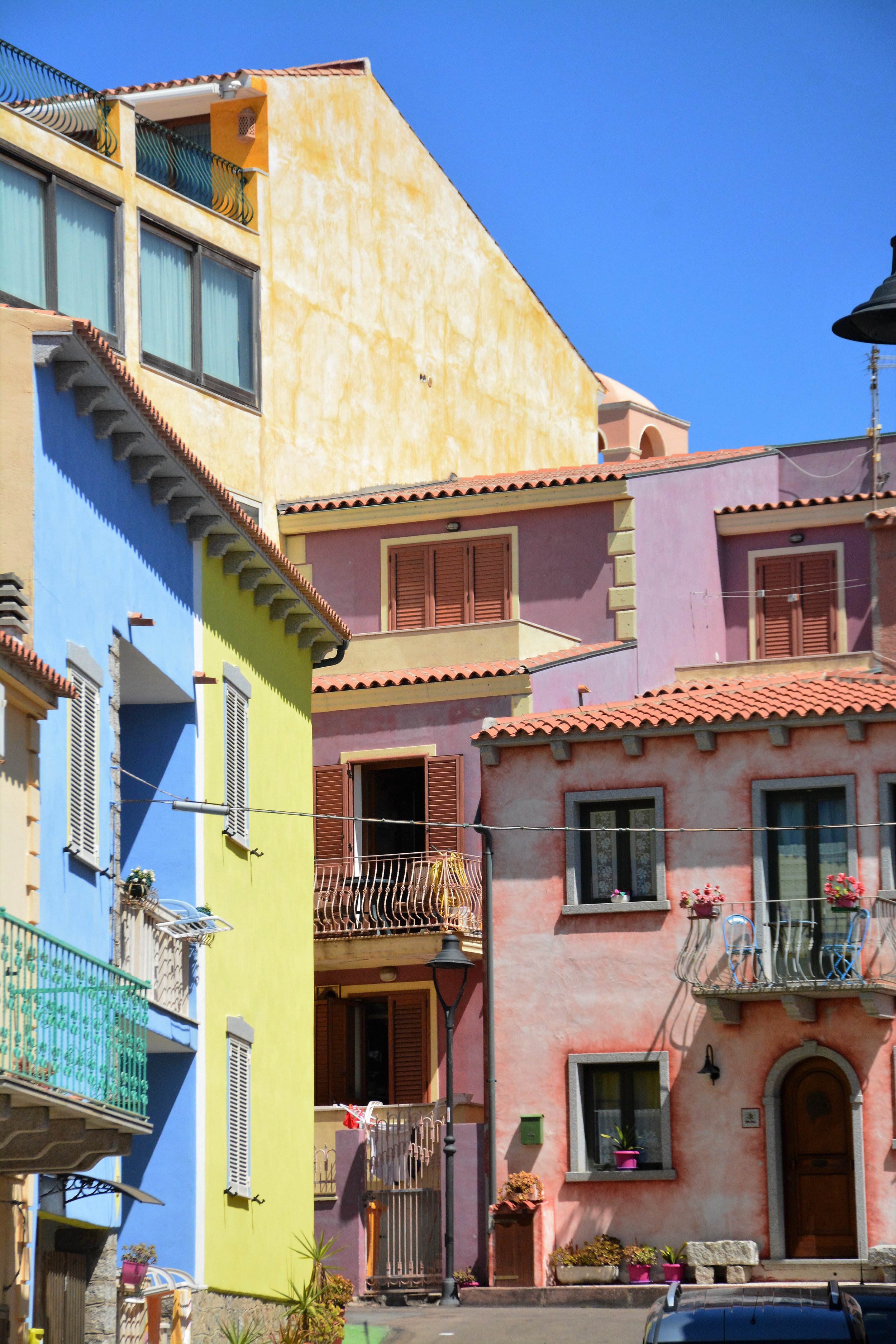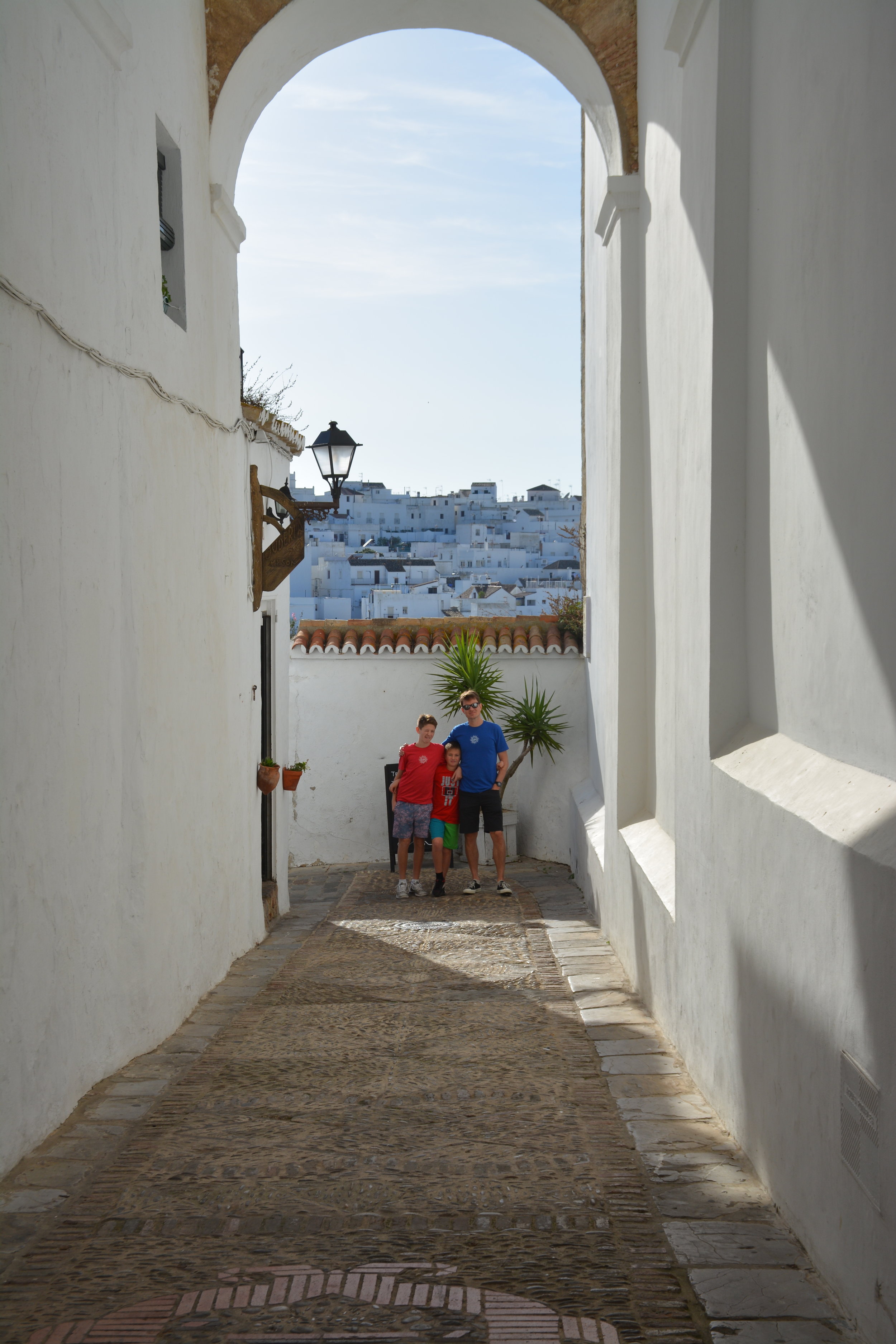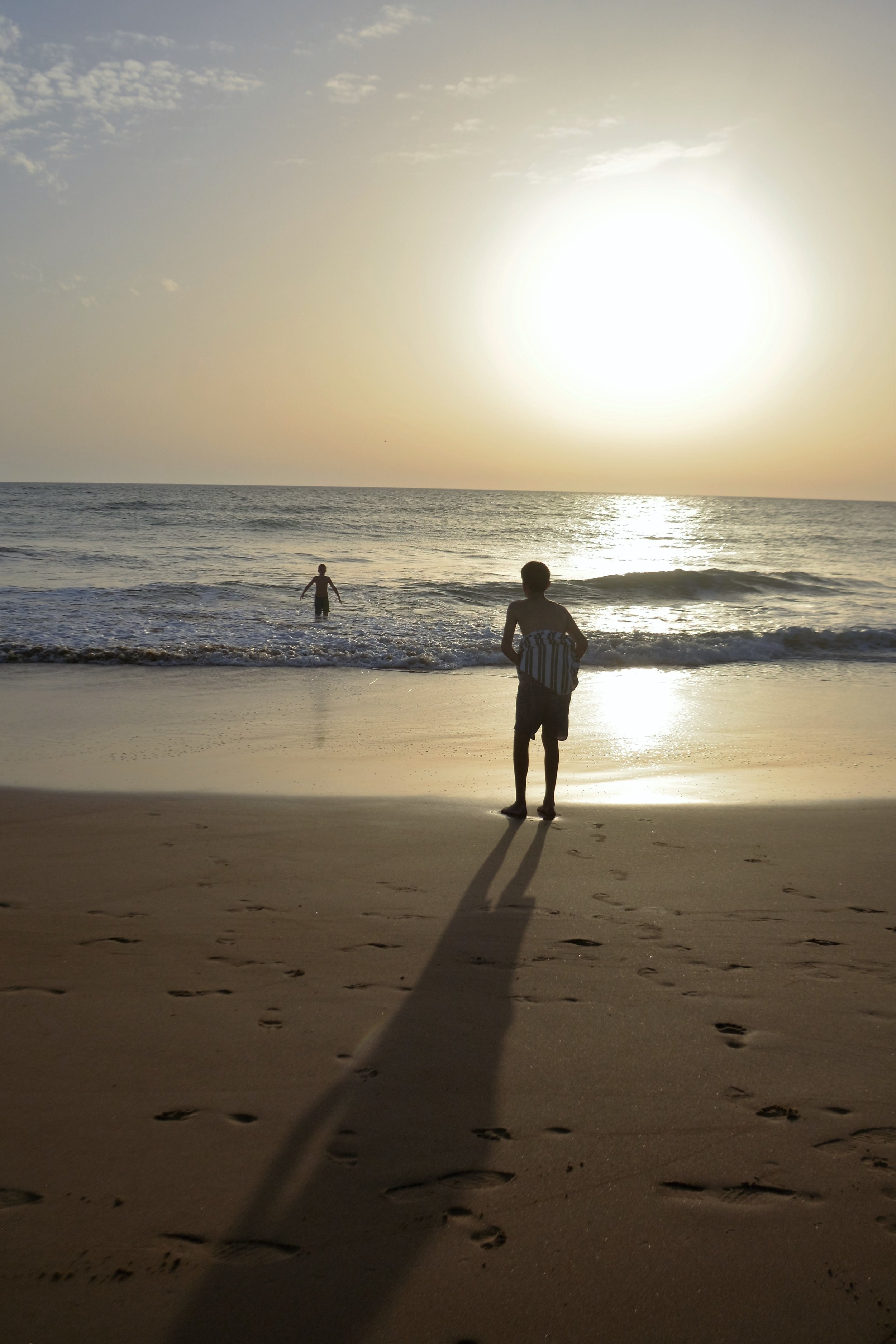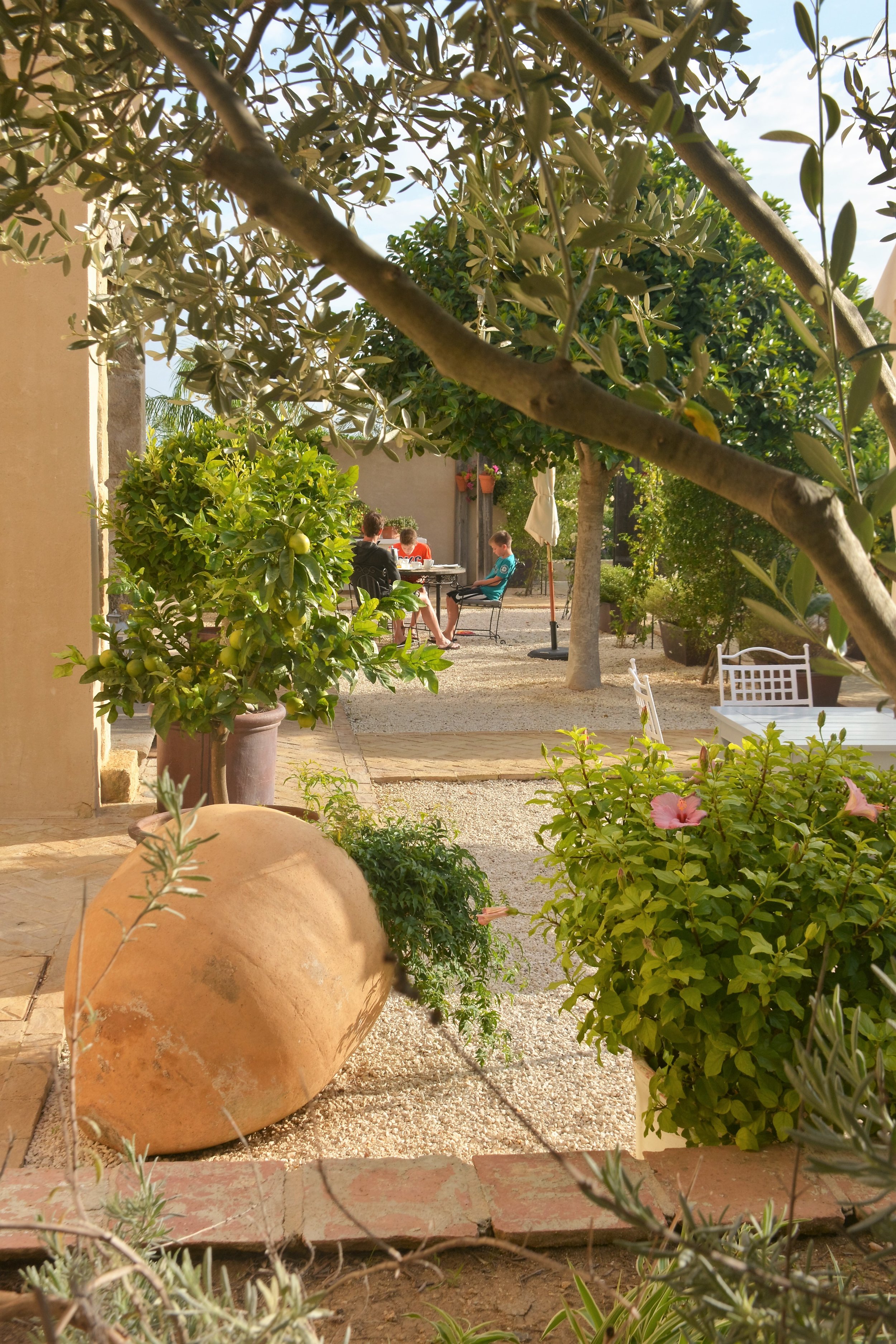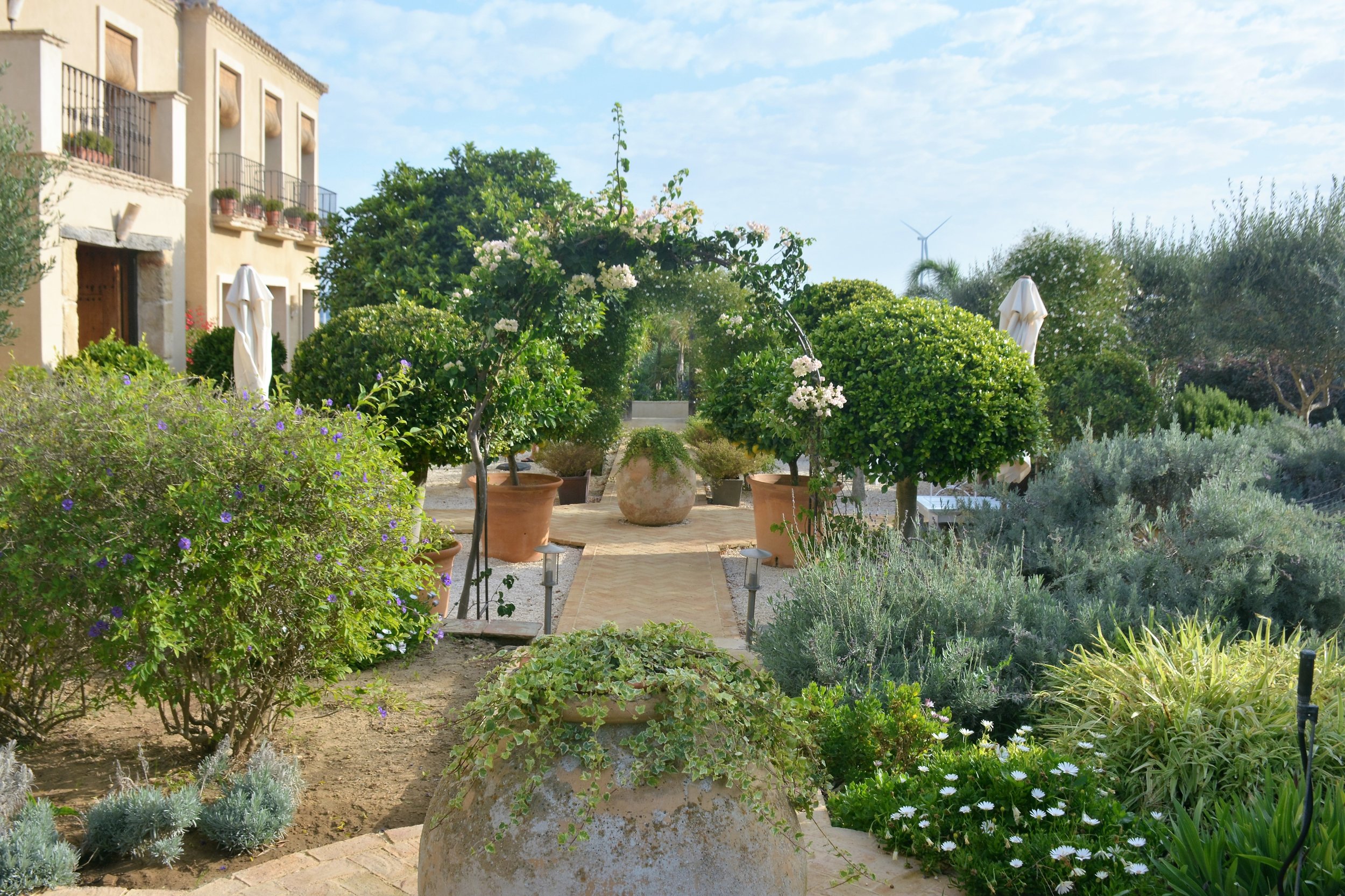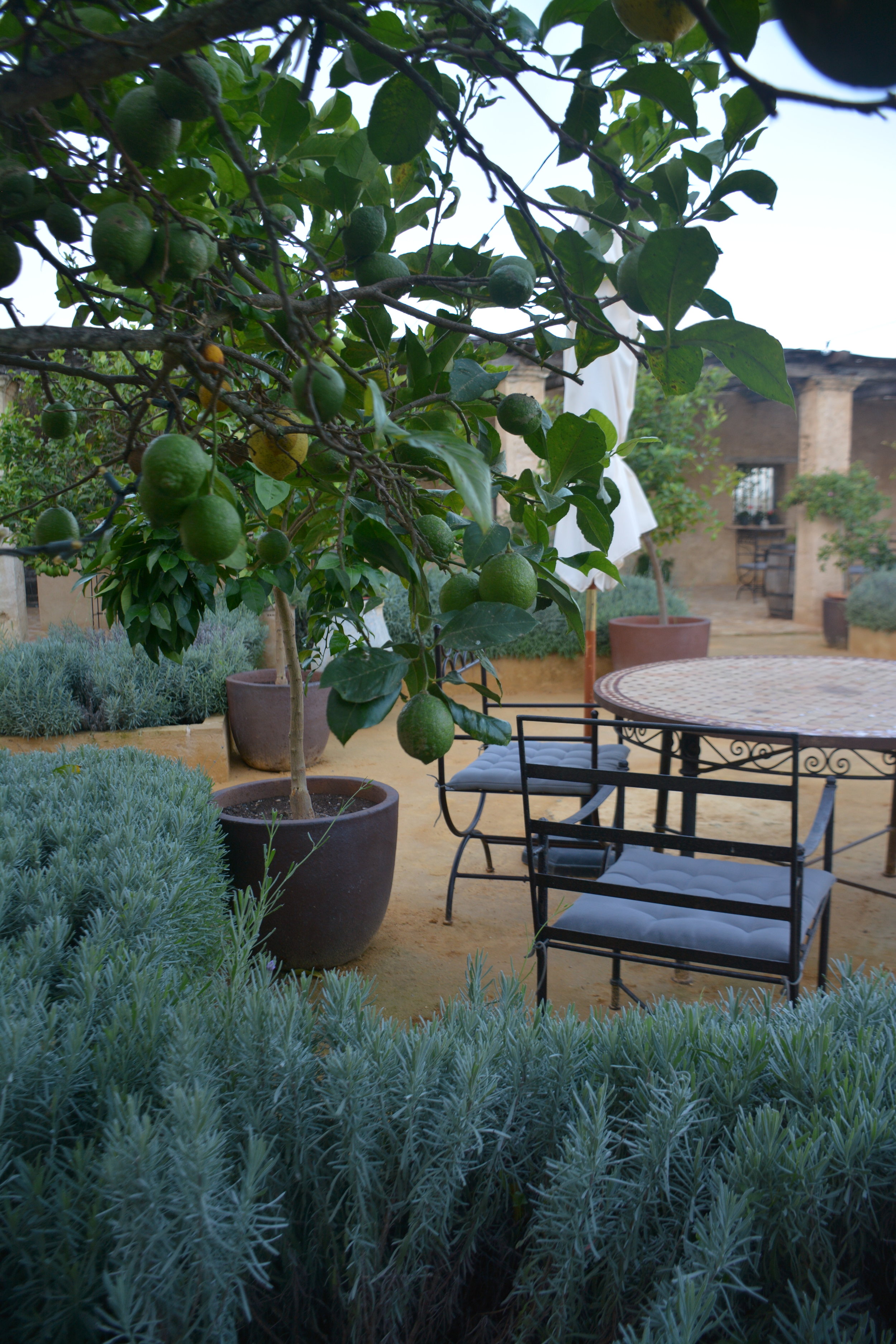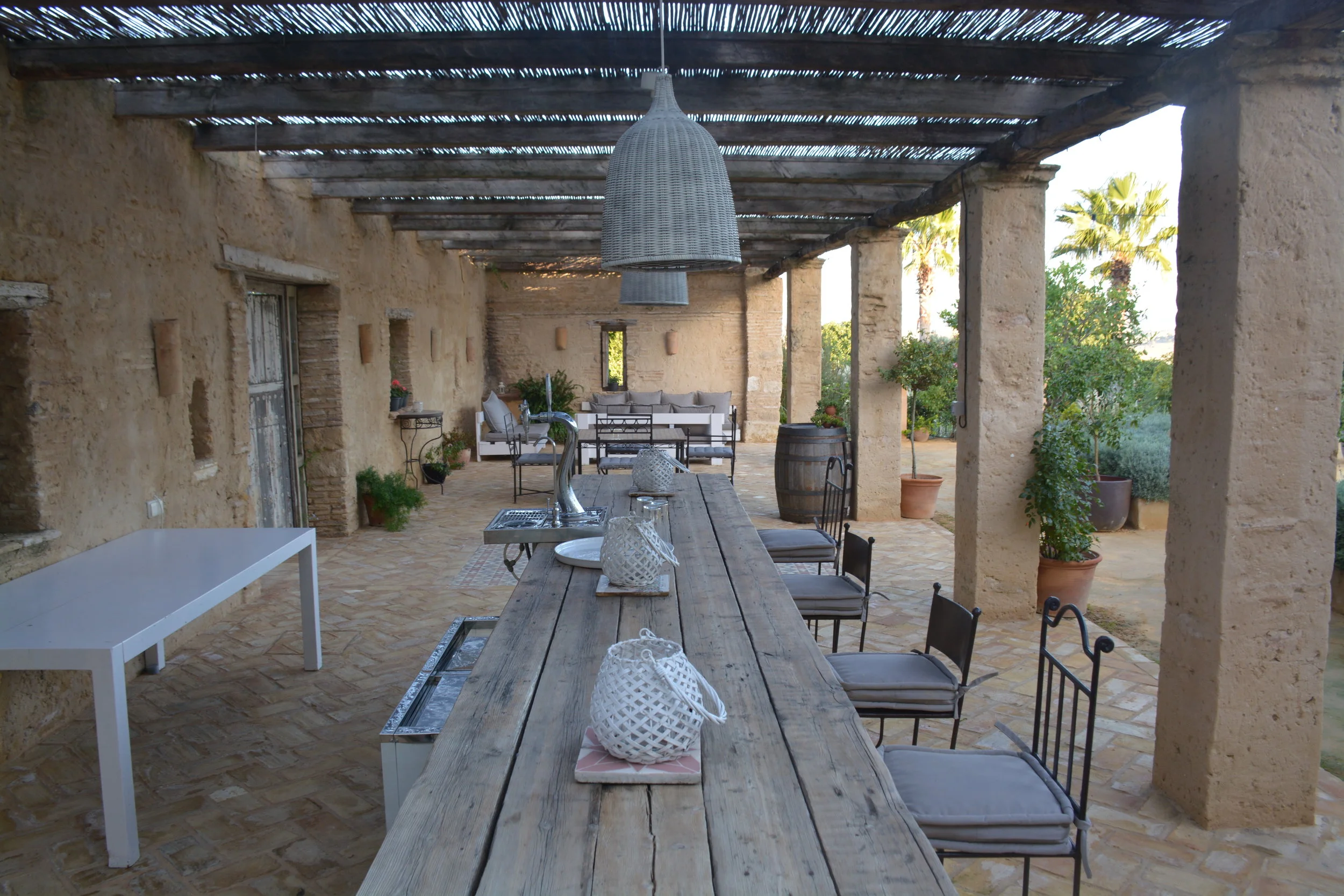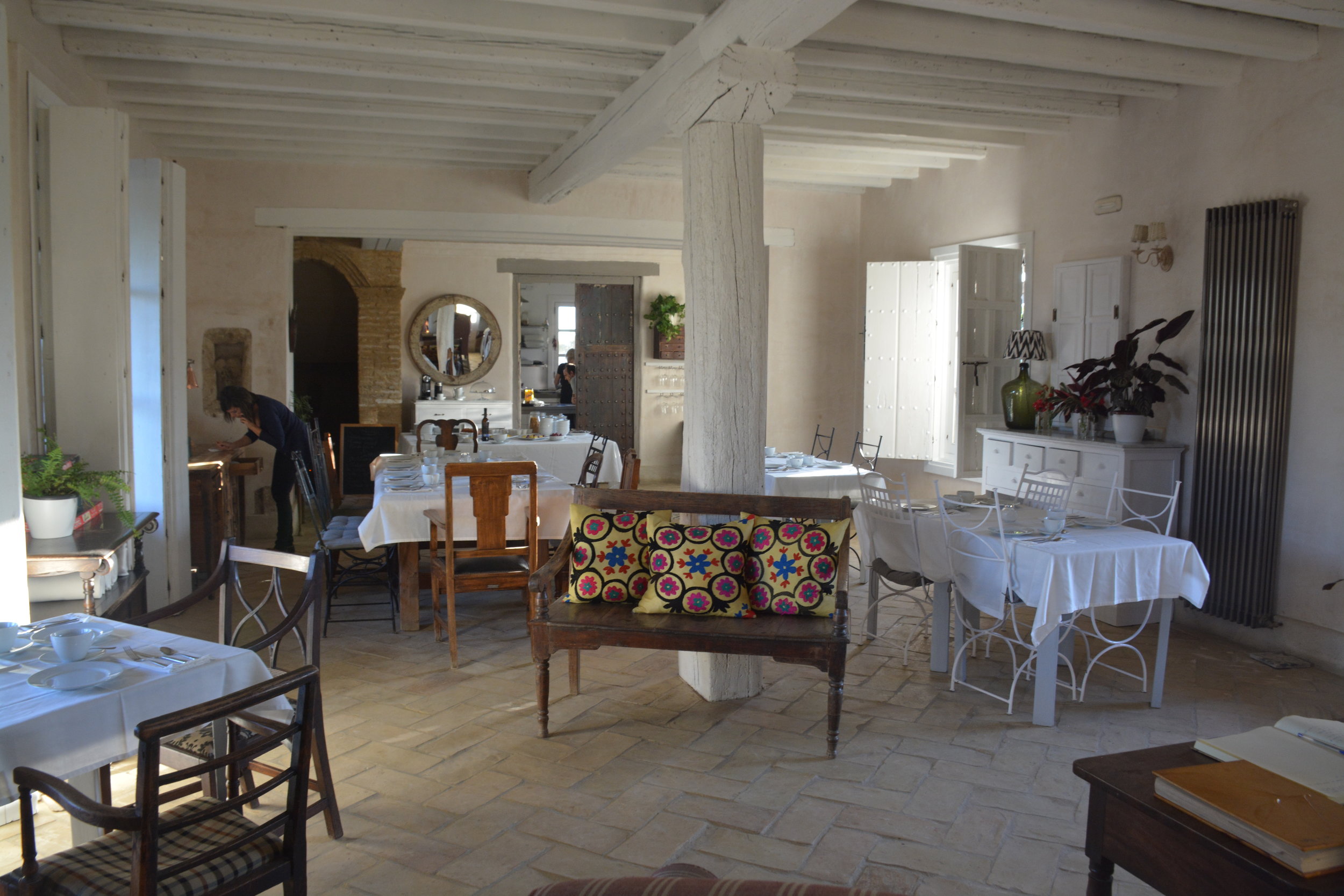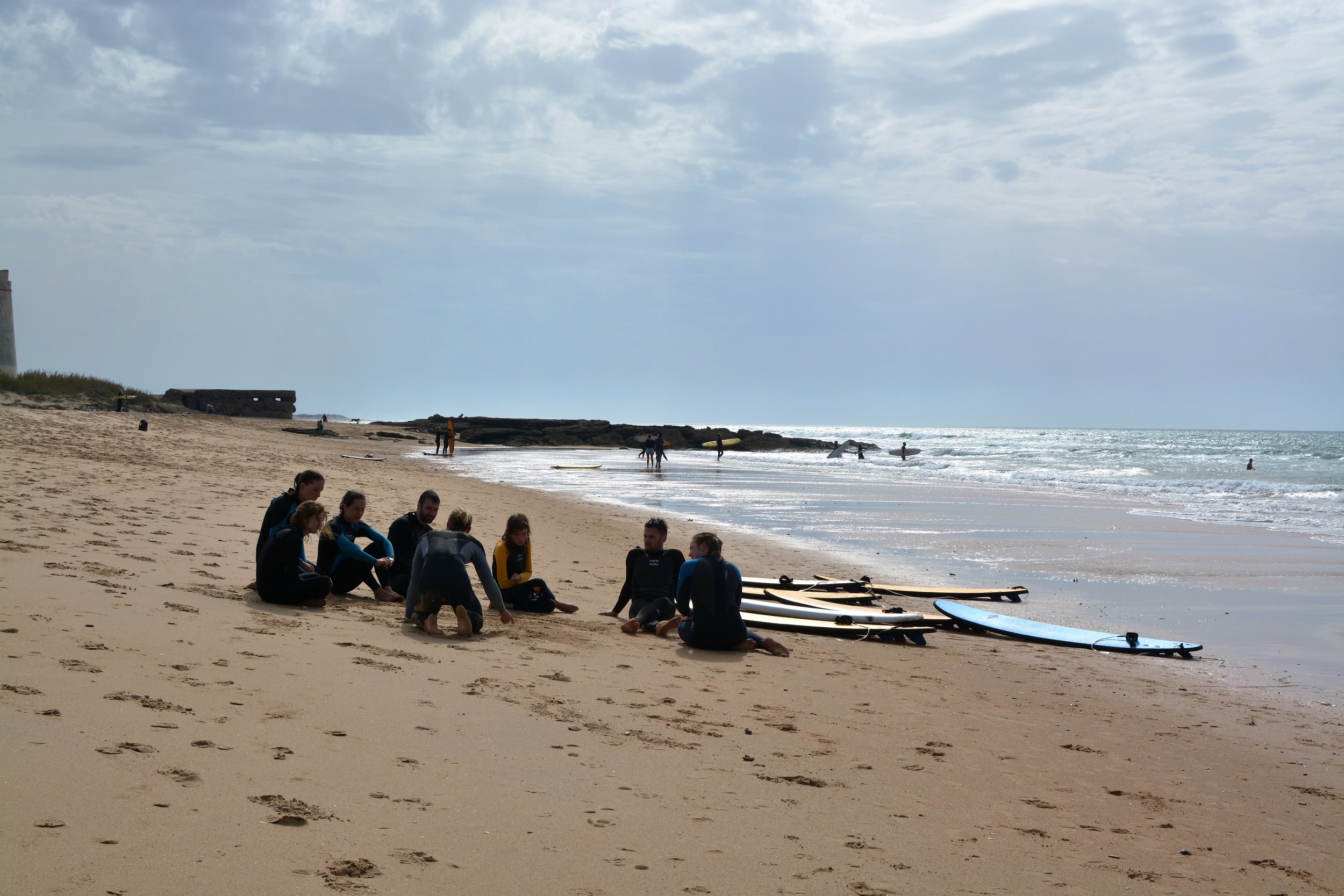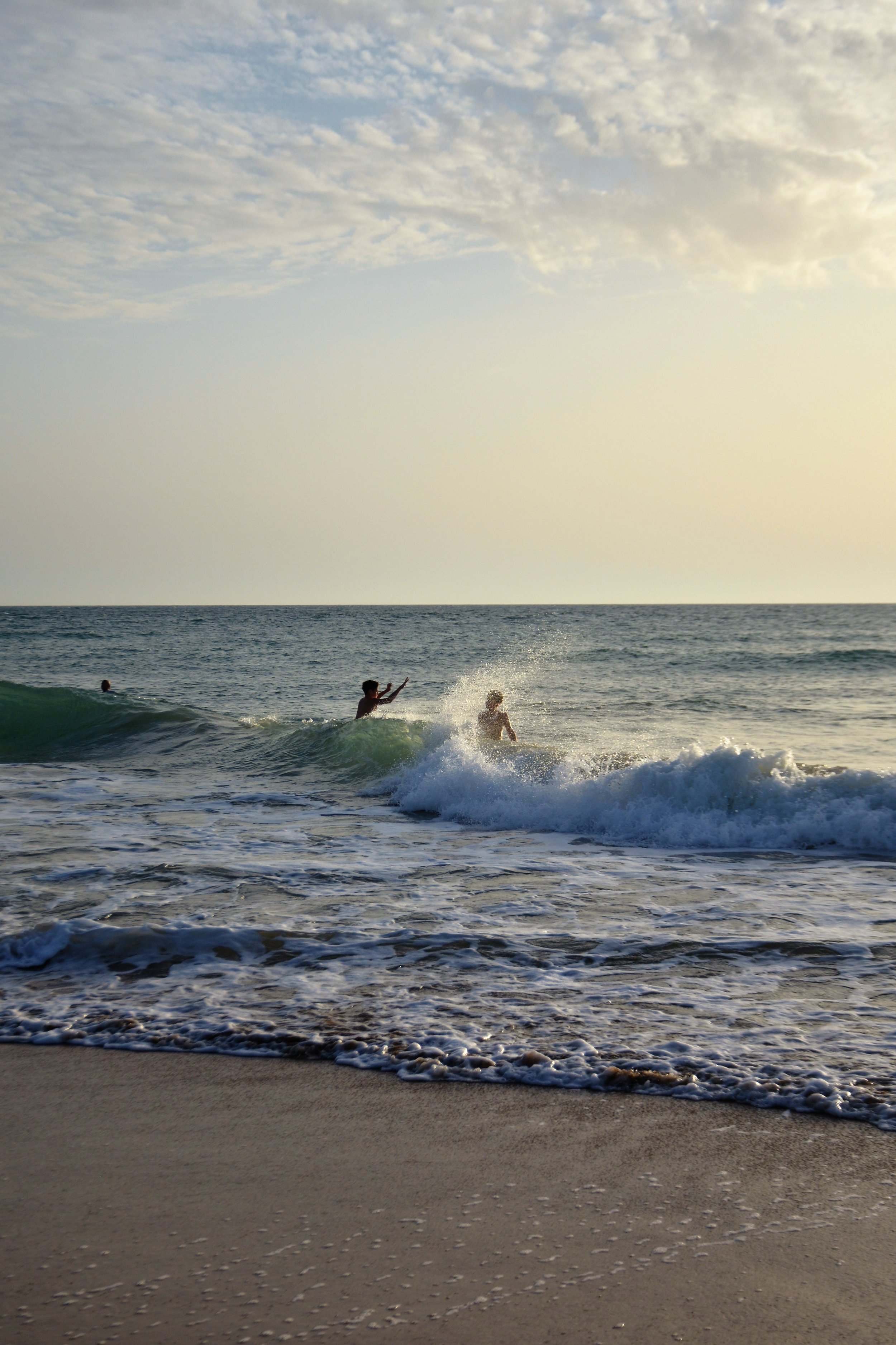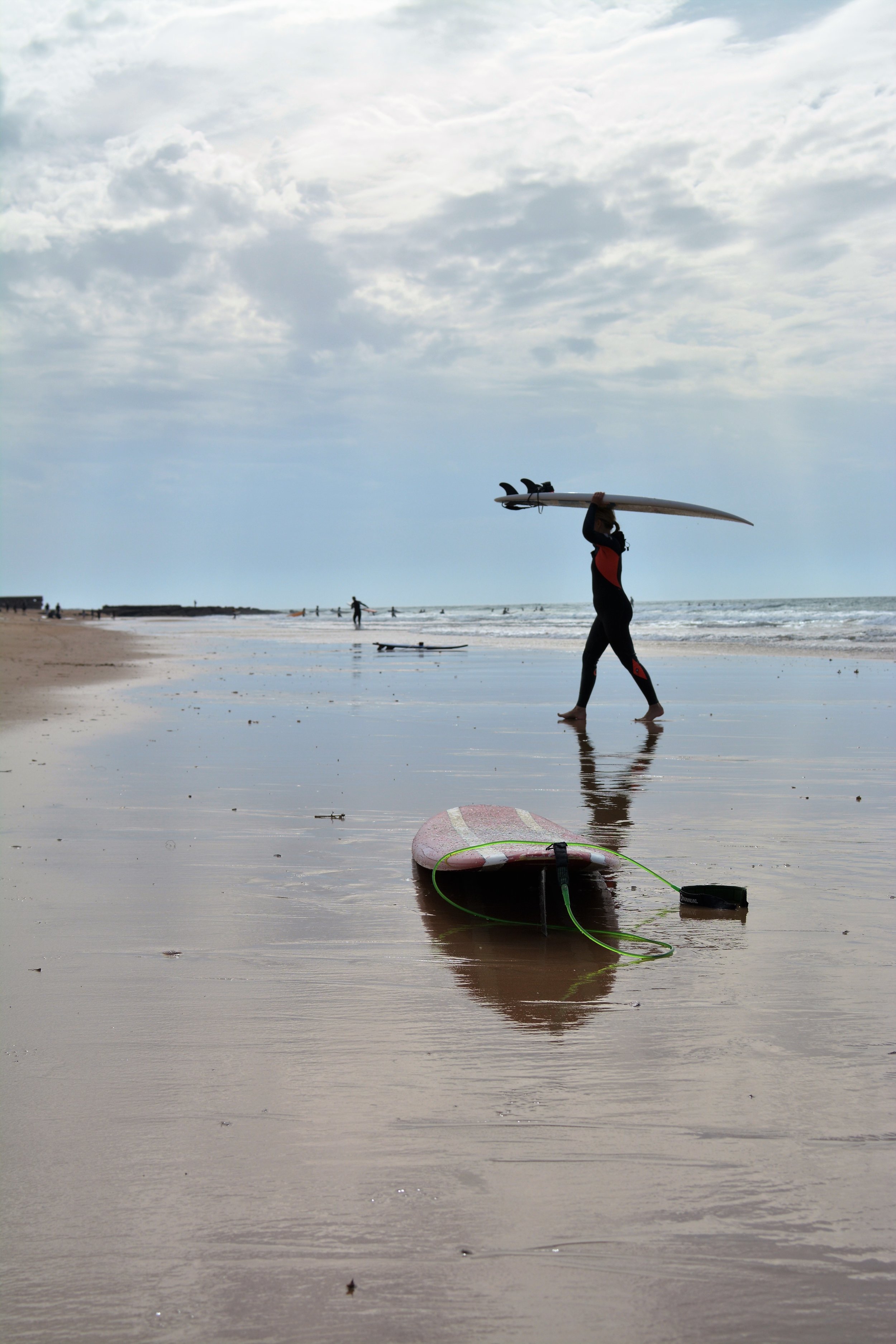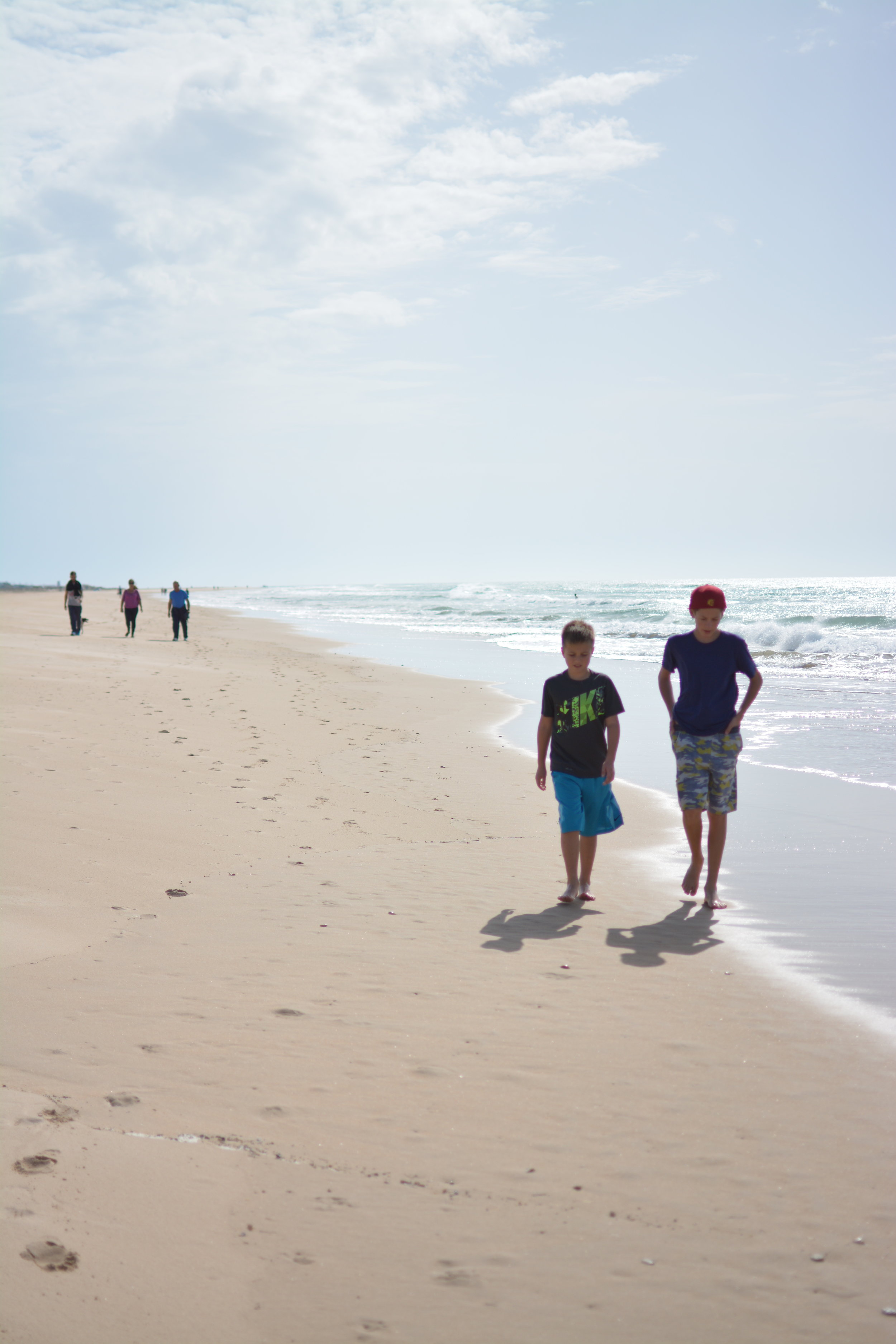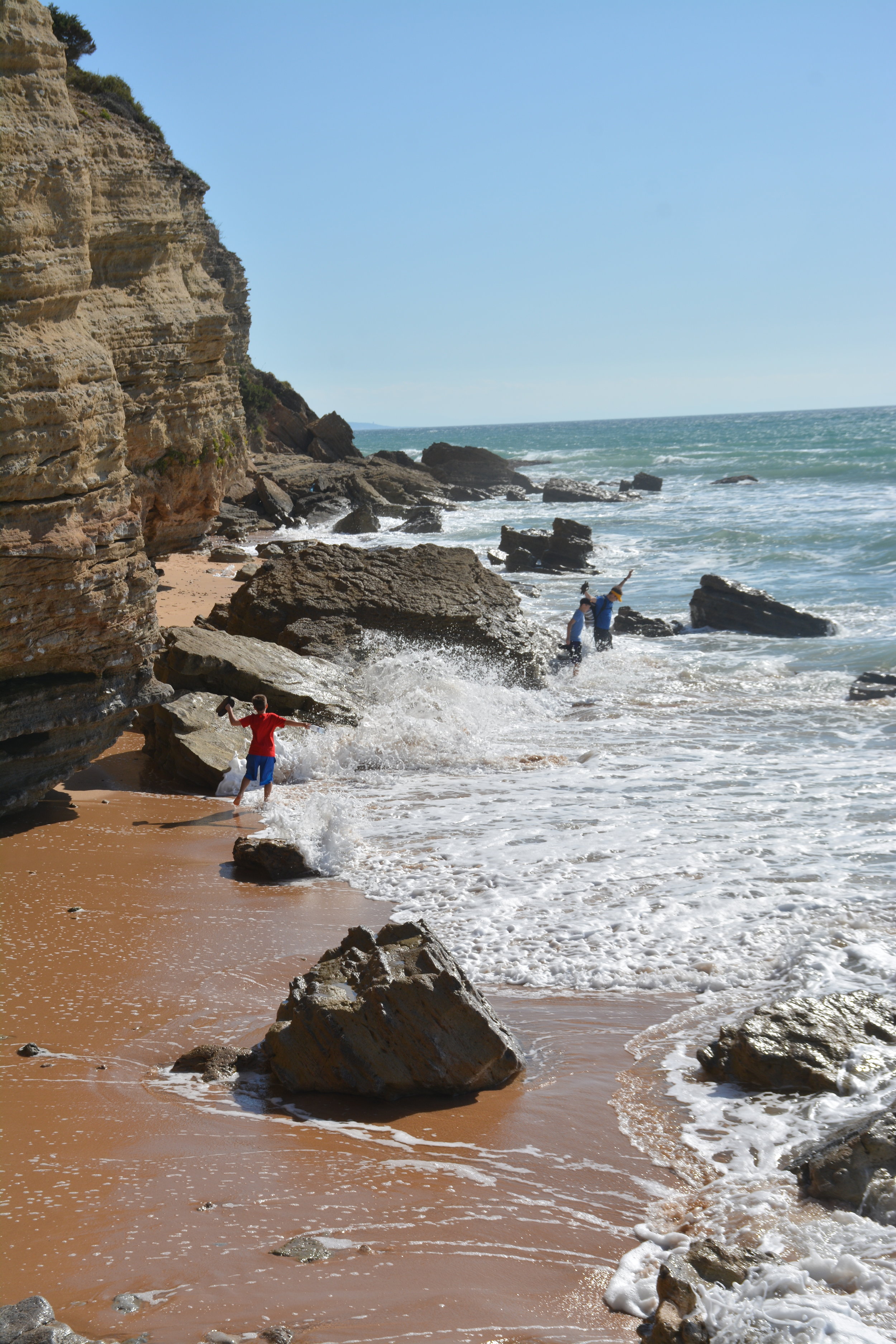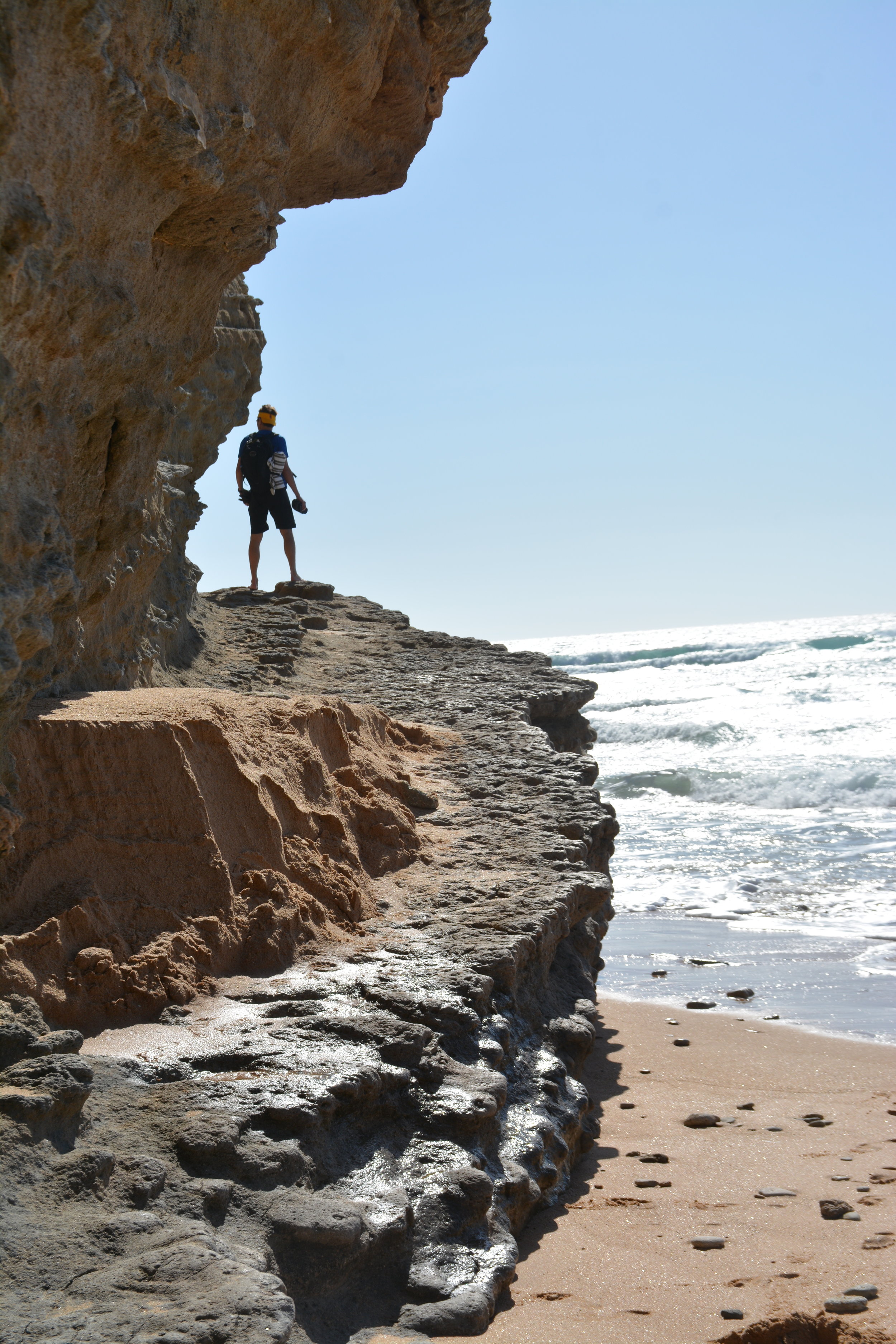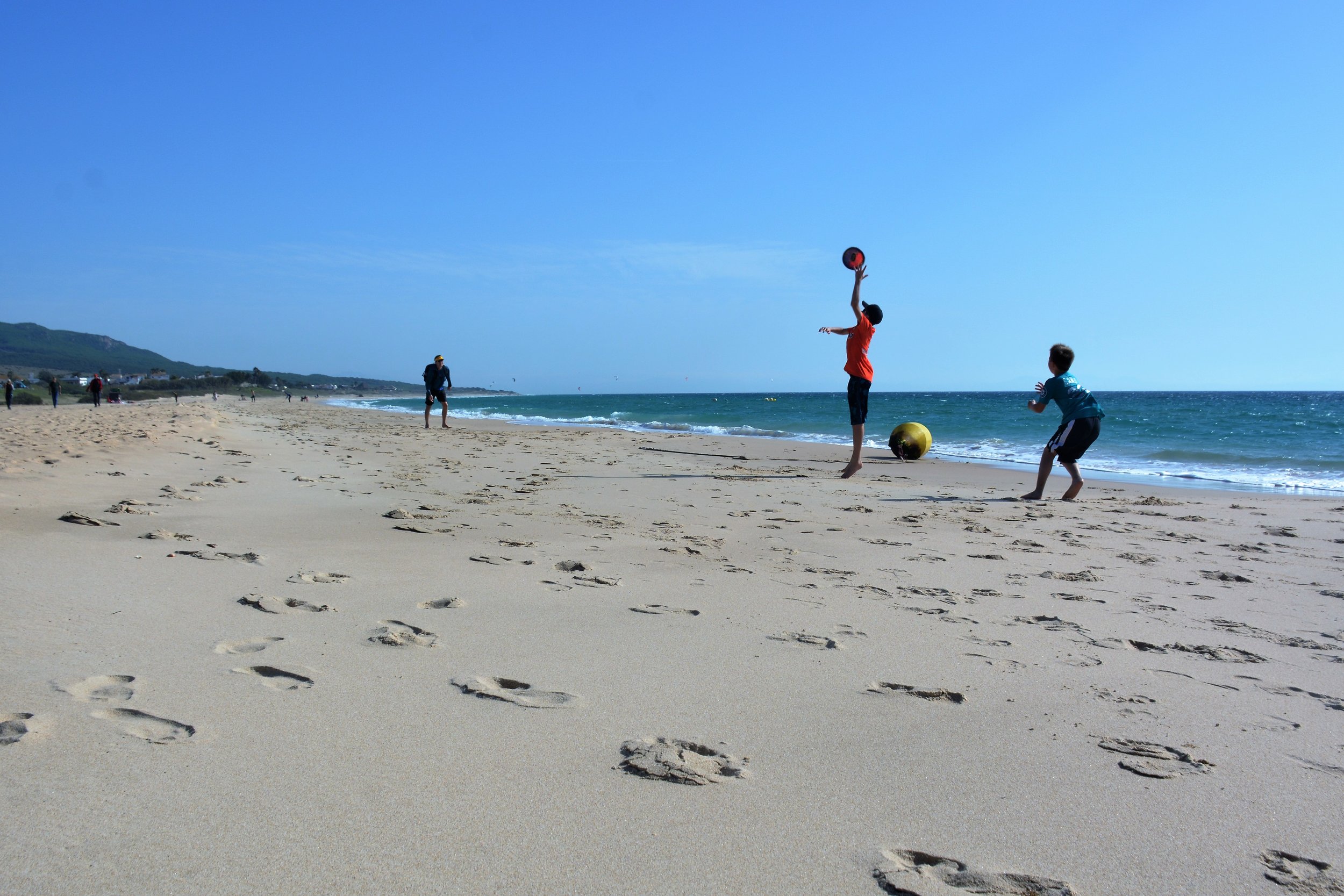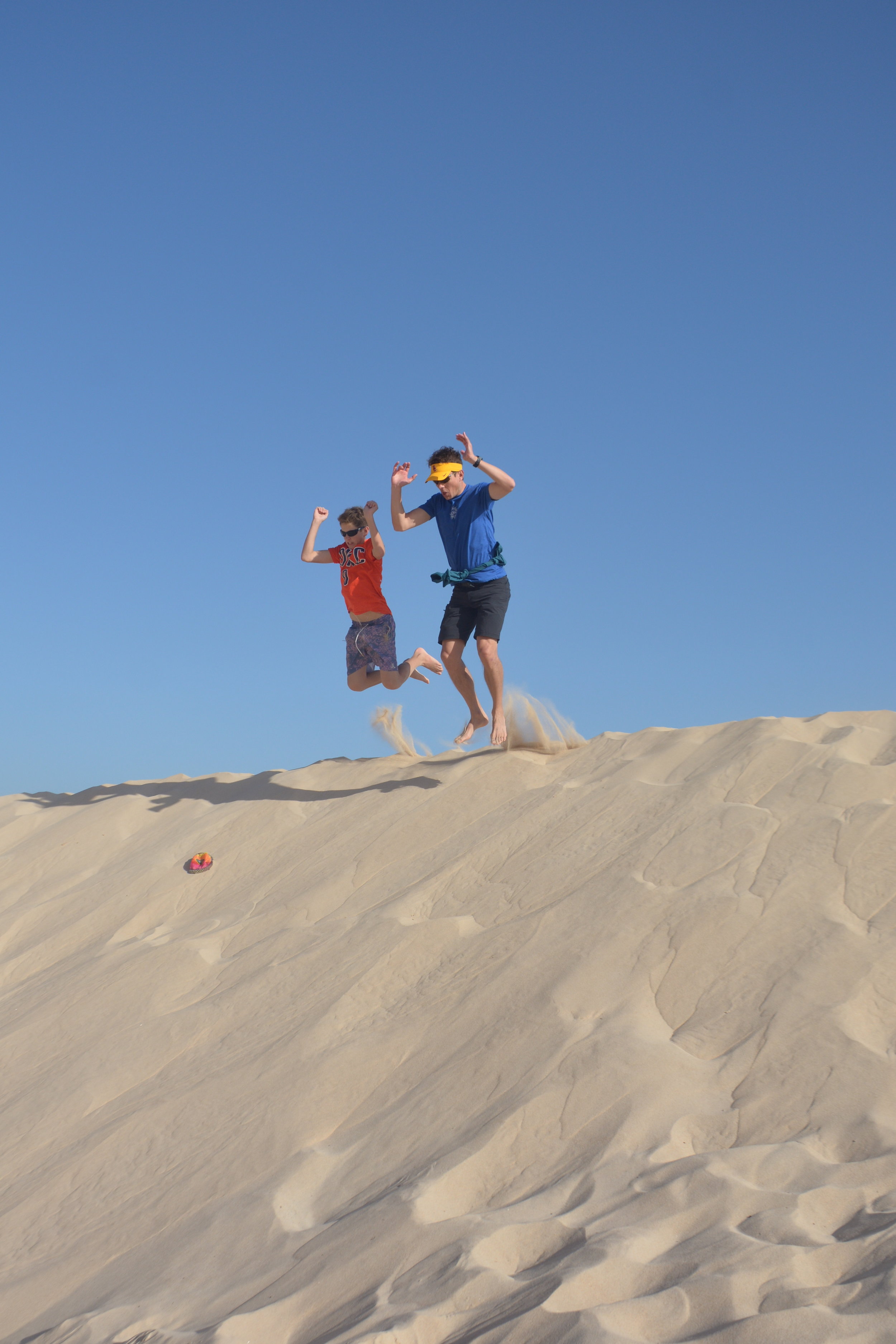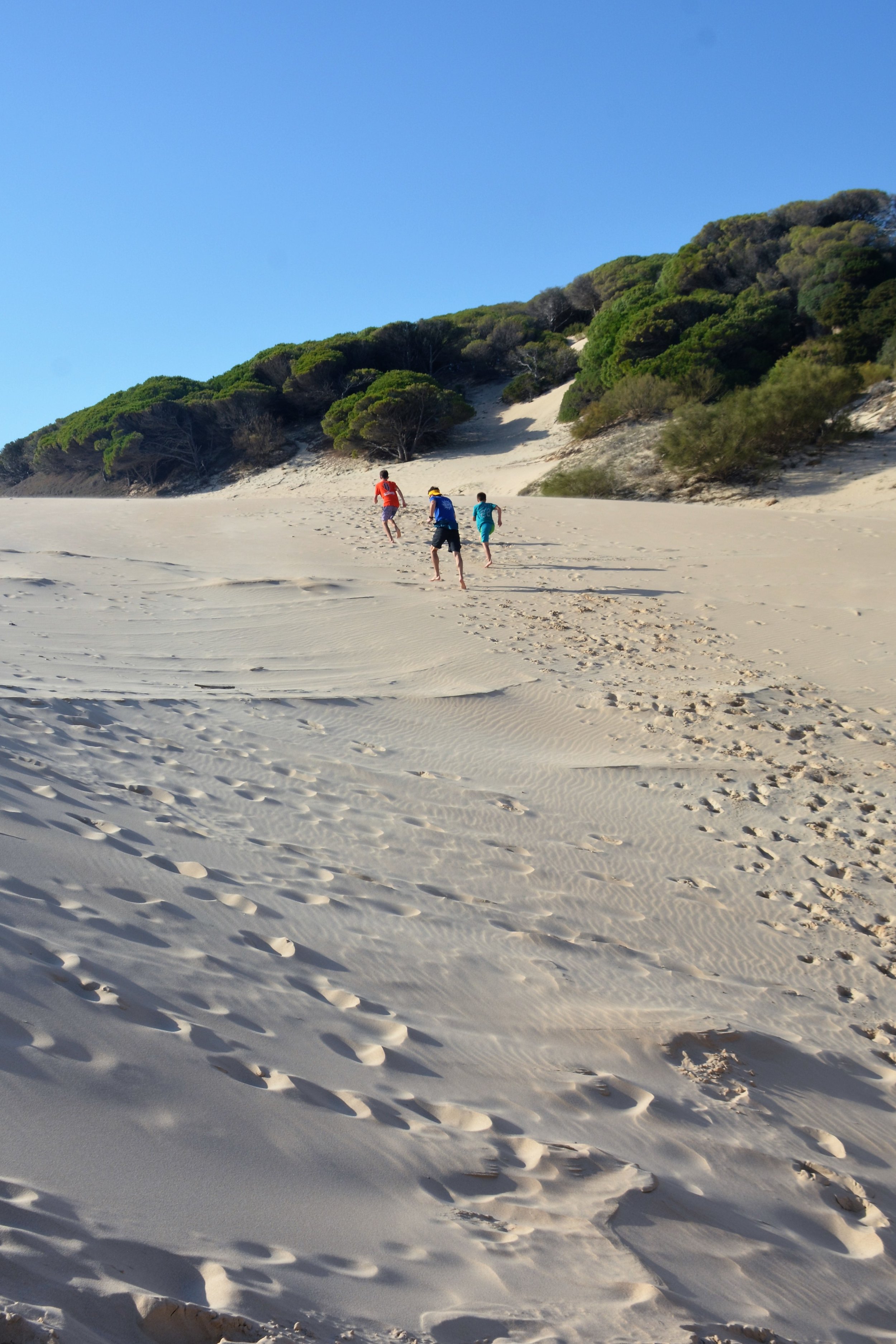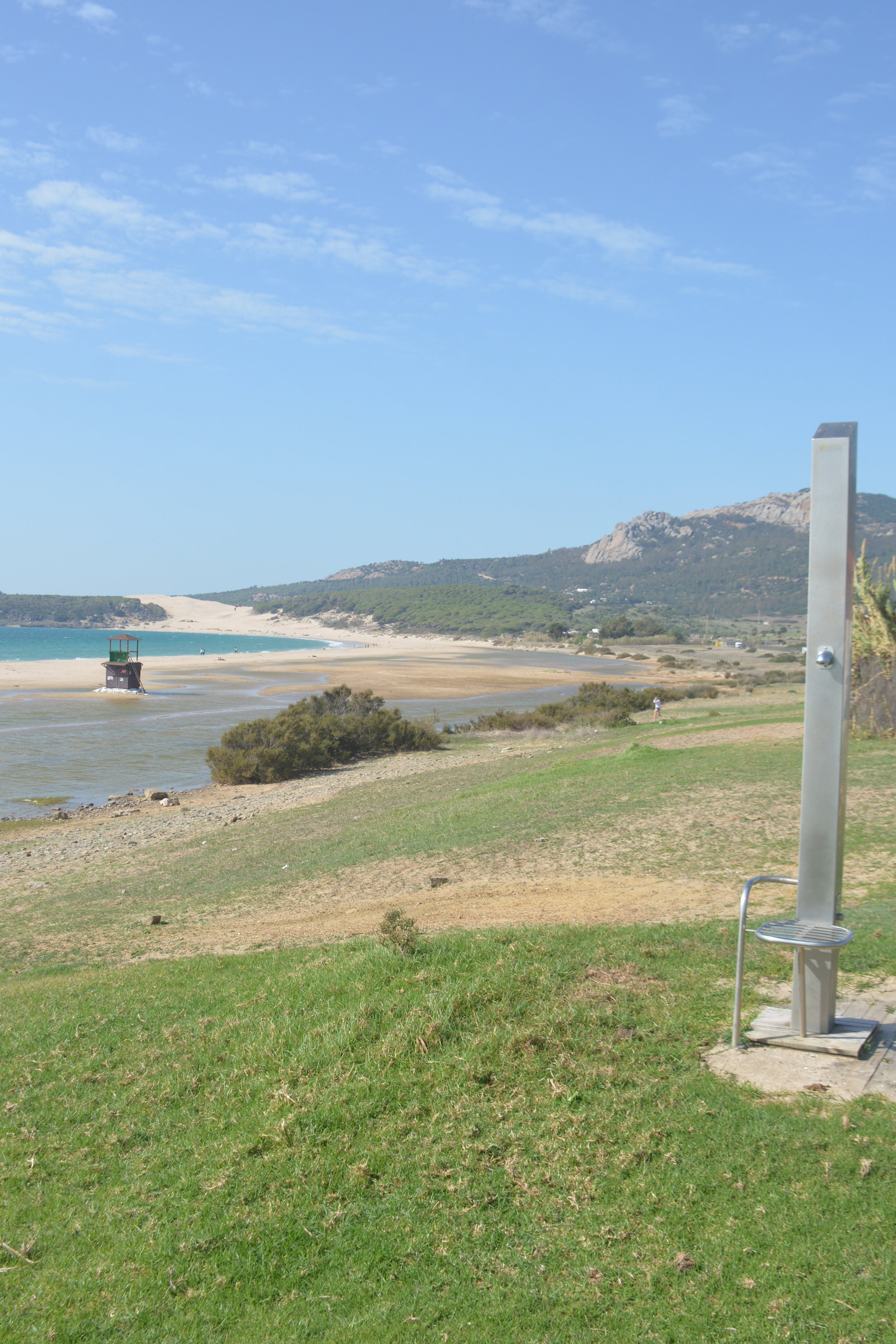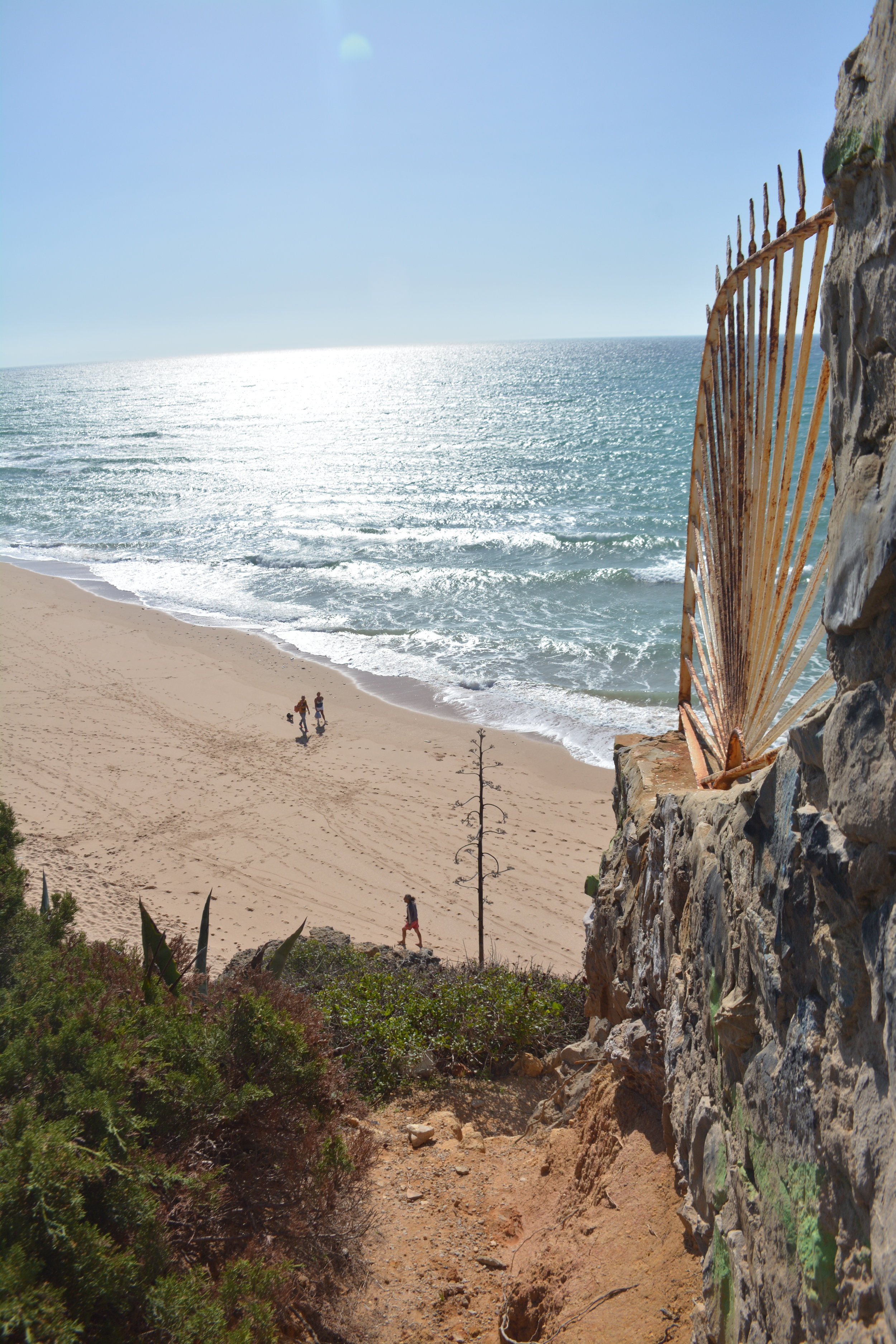Everyone knows Switzerland is beautiful but Slovenia might be the most beautiful country you’ve never heard of. Slovenia's tourism industry was re-birthed only 25 years ago when it gained independence from the former socialist Yugoslavia.
If my pictures don’t do it justice, consider the chance of beauty in a country where 55% of it is covered by forests making it one of the greenest countries in the world. Bordered by its well-known neighbors - Italy, Austria, Hungary, and Croatia - Slovenia got a heaping serving of big mountains, enough Mediterranean coastline to be meaningful, and more than 260 waterfalls. All contained in an area roughly the size of Massachusetts. And with a population of just over 2 million people, there is plenty of room to spread out. It’s enough to make you say ahhhhhhhhhhh and for no one to hear how loudly you say it.
I’m guessing you’ve never been there since of the 4.3 million tourists to Slovenia in 2016 only 2% of them were from North America. Tourism has been rising steadily since 2012 but most of that has come from visitors within Europe. However that trend is now changing. This summer Croatia was crushed with tourists who were avoiding other destinations in Europe due to terrorism fears in Greece, Italy and Turkey, and that increased volume spilled over to Slovenia. We heard a number of people tell us that it was their busiest summer on record. So my advice is to "Just Do It" before the secret is fully out.
Slovenia also has a vibrant food and wine scene. Travel and Leisure's story called "Why Slovenia Has Become One of Europe's Best Food Destinations" is an interesting read. Part of that reputation is likely because the Slovenian people are very open to other cultures and they are proud to take inspiration and ingredients from their Italian and Austrian neighbors. While nature and fresh air has been the cornerstone of Slovenia’s tourist draw, it’s homegrown red and white wines (90% of which are consumed in country) and inventive cooking have been creating a good deal of international buzz.
So with outdoor activity and good eating as our dual mission, we spent a week in Slovenia in mid-October (for our school Half Term Break.) We crafted an itinerary that had us touch down in four different locations with roughly two days in each spot. Here’s where we went and did and what we might recommend if you were to do the same. The country so exceeded our expectations that we have an itch to go back for a second trip to cover some areas we missed like the Southwest wine region and the Soca River valley.
Day 1: Ljubljana
We started our trip in the capital city of Ljubljana. We flew from London Stansted on easyJet to Ljubljana airport. EasyJet is our least favorite airline but for £75 per person round trip, they are hard to pass up. For this trip, easyJet was unusually hassle free and the arrival, rental car pickup and 30 minute drive into the city was easier than many commutes in LA.
You actually don’t need a car in Ljubljana which is completely manageable on foot but it was easier to pick it up and park it since we were only spending 24 hours in the city. With a population of less than 300,000, Ljubljana is a charming town along a river with a castle on a hill and green space in every direction. It’s picturesque and lovely and you’ll feel like you are in a storybook (in a good way) but you don’t need more than a day to see it all. I know this to be true because I, being hopelessly directionally challenged, never get lost.
Lodging
We stayed at the boutique hotel Hotel Cubo which I would highly recommend. We got a double room with an interconnecting junior suite for the four of us with breakfast included. There are cheaper options but the location and view from the third floor was great and nothing says “welcome to vacation” quite like a honeymoon circular bed.
One of the first things we discovered in Slovenia is that like the Dutch, the Slovenians almost to a person speak very good English. English is the first foreign language they learn in primary school followed by German or Italian depending where in Slovenia they live. It’s the default language spoken with even the European tourists. As the guy at the Hotel Cubo desk told us, “In a country of 2 million people, to survive we need English.” We found this to be true everywhere we traveled and it obviously made for easier communication.
Eating
We decided to splurge on our first night in Slovenia so I booked a reservation ten days before our trip at one of the city’s current top five restaurants, Monstera Bistro. Unimpressive from an ambiance standpoint, the contemporary but casual bistro is a destination place for a true foodie experience. On weekends only they offer a 5 or 7 course tasting menu for dinner. We did the 5 course tasting menu which started with a rye cracker with marinated anchovy and pork, a ceviche-like shrimp dish with dehydrated carrots, beef carpaccio, broccoli three ways, and venison with black currant reduction. The boys liked everything as much as we did but as these gastro restaurants sometimes go, we did find our way towards ice cream afterwards to “top up.”
The next day we had lunch at the Pivo (Beer)& Burger Fest that was going on in the center of town. Unlike German festivals where every brat and curry wurst is basically the same because the point is more about the festival than the food, this festival in Slovenia was totally about unique craft beers and very unusual burger creations. Last minute intel helped us dodge the horse burger. We just couldn’t. I went for a (confirmed beef) unagi burger that looked better than it tasted but my Human Fish pale ale made up for the miss. The boys had better burger luck.
Much to my husband’s delight, the Slovenians embrace their reputation as the environmental capital of Europe. It was demonstrated to us not only by having well-marked rubbish and recycling bins at the festival but they also had staff at each station to insure the protocol was followed. With the trash police's eyes on me, I found the correct food waste bin for the unagi burger.
Day 2 and 3: The Savinjske Alps
Our next destination was in the small village town of Luce at the base of the Kamnisko Savinjske Alps. This was the “off the beaten track” portion of our trip. If truth be told I picked this area because I had read about a guest house called Hisa Radhua but we found this area to be as gorgeous, if not more, than the more popular destinations.
Lodging and Eating
Hisa Raduha is a boutique family-run guest house and restaurant set in a small village on a river. It has been in the family for five generations and started first receiving guests in 1875. That tradition along with the modernization of an old barn, hayrack and tree houses as guest quarters – each with their own hot tub – makes it a romantic weekend destination spot for people coming from Ljubljana.
The highlight at Hisa Raduha is their gastronomic four course dinners prepared by the current owner Martina with help from her husband and daughter. Hisa Raduha was voted one of the top 5 regional restaurants in Slovenia in 2017. The dining room which feels more like someone’s home than a restaurant only seats 20 people and it was booked full both nights we were there (even in shoulder season.) Slovenian wines are paired with the locally sourced dinners and given the family run operation element, service is slow but warm. Our first night we had black risotto with vegetables and trout, apple soup, “paper” pork with leek sauce and chestnut pie. It is simple food prepared so well that you have to keep from licking your plate. It is no wonder this tiny restaurant in the middle of nowhere is getting a lot of attention. (Note: While our kids were old enough to enjoy it, it’s more a couples rather than family guest house.)
Hike #1
Our first hike was in the Logarska Dolina valley, one of the three valleys in the Savinjske Alps and one of Europe's most beautiful alpine glacial valleys. A la the USA park system, we paid a small fee to enter the Logarska Valley National Park and drove to the end of the road. We hiked up to Slovenia 's second highest waterfall (Slap Rinka) then up past the treeline and up as far as we could go before rock climbing was our only option. The boys discovered they very much like straight up/straight down hikes whereas my knees and ankles were less sure. This hike was also the first but not last time a local, noting our American accent, proudly mentioned First Lady Melania Trump (who is from Slovenia.)
Hike #2
Our second hike was out of another valley, Robanov Kot, which is not a national park but is protected land with a few working mountain farms. We parked at the last mountain farm and then climbed 3 miles and 3,000 feet, through steep alpine sections and along ridge lines, to finish on the ridge of Mt. Strelovec where we also got to sign the registry. At the summit we were treated to an unbelievable 360 degree view of both the Robanov Kot and Logarska Dolina valleys. We saw only one other person on the trail which speaks to how much of a hidden gem this valley is.
Day 4 and 5: Lake Bohinj
Our next destination was Lake Bohinj which was was less than a 2.5 hour drive. Lake Bled, Slovenia's most iconic tourist attraction with a lake, castle and church, was in route to Lake Bohinj. Lake Bled is beautiful but with it's proximity to the motorway and easy access from Ljubljana, the area was more built up than I expected. Lake Bohinj on the other hand is surrounded by a national park, less a tourist attraction and more of an outdoor recreation area. Home to what looked like a number of large camps, Lake Bohinj has all the outdoor activities: hiking, cycling, rowing, kayaking, canoeing, rope courses, rock climbing, etc.
Lodging and Eating
Changing it up, we stayed at a self-catering apartment called Alpik Apartments in Ukanc, a small recreational community at the Southwest corner of Lake Bohinj. We were the only lodgers the nights we were there. The apartments (of various sizes) are simple, clean, and cozy. It was a great base camp and groceries were only 10 minutes away in the main town of Lake Bohinj called Ribcev Laz.
There were only two restaurants in Ukanc which made our two dinners easy to decide on. Though a departure from our fancier eating earlier in the week, traditional Slovenian food is actually quite nice. We had trout from the Lake and beef medallion cooked on the "Green Egg" (who knew the Green Egg had found distribution in Slovenia!) with local porcini mushrooms at Gostice Erlah. Better yet was the jovial waiter Marco who sang Slovenia's praises and told us this had been the busiest summer in the restaurant's 24 years.
Hike #3
After two hikes with a lot of elevation gain, the boys were kind enough to oblige me with a flat hike from the apartment and around Lake Bohinj. Bohinj is enormous, warm during the summer due to it not being very deep, home to ten types of fish, and not lined with any holiday homes. What started as a meander around the lake on a well-groomed trail somehow turned into a duathlon day where we rented bikes and ended up walking/riding 20 miles on our “rest day.” We rented cruiser bikes for 1.5 hours from AlpinSport in Ribcev Laz to do a loop around the valley that takes you through some traditional towns and meadows. Highly recommend but probably only for older children as there are some sections along curvy two lane roads.
Hike #4
Our fourth hike was climbing again but this time in the Triglav National Park where we did a 7 mile hut to hut alpine hike. We drove to the highest trailhead in the park and did a couple of trails that took us through rocky trails and meadows. The huts were closed for the season but it is also known as the “cheese route” as the huts serve local mountain cheeses. We called it the “Marco Supper Club hike” as we saw two groups we had seen the night before at Marco's restaurant.
Day 6 and 7: Kranjska Gora
It’s an easy 1.5 hour drive from Lake Bohinj to Kransjka Gora, the cute village skiing resort at the foot of the other side of the Triglav National Park. In addition to being a fantastic fall hiking spot, Kransjka Gora is best known as the destination in Slovenia for skiing and they are proud to have hosted the World Cup ski jumping championship for many years.
Lodging and Eating
The Skipass Hotel is another family run, boutique hotel but this one was built only 5 years ago. It's a 10 room/suites, modern, and very comfortable hotel run by a ski-loving family who started a travel business in Kransjka Gora 10 years before they opened the hotel. We aren’t skiers but Kranjska Gora is apparently the cheapest resort in Europe for skiing and roughly half the cost of a similar trip to Switzerland.
Like Hisa Raduha the hotel also has an excellent restaurant that is run by one of Slovenia's best young chefs. It's a fine dining kind of experience where as Hisa Raduha is more like being in some one's home. Offering a set chef's menu, a set Slovenian menu, a set Italian menu, a set Austrian menu or ala carte mash up of the individual dishes, so good was the food that we ate both dinners at the restaurant.
Hike #5
When we go flat, we go long. For our fifth hike we did 10 miles following a river valley from the hotel to a mountain hut. The hut (which was open) is the base camp to the start of a climb of two of the biggest peaks in the area. Though mostly flat, you had a feeling of being up close to the peaks.
Hike #6
For our last hike we drove from Kranjska Gora to Vrsic Pass along a well-known road with 24 marked hairpin turns on cobblestones. The road which is only open 7 months out of the year is also known as the Russian Road because over 10,000 Russian prisoners of war built it during WW1. Unlike all our other hikes where we felt like we had the mountains to ourselves, this was a festive hike where we saw streams of people of all ages on the trails enjoying one of the last beautiful weekends in October. Cars in the parking lot had license plates from Slovenia, Croatia and Italy. Most of the people were doing the same hike we choose that took you up a high climb, through a saddle and up to a grassy viewpoint that gave you beautiful vistas the entire way. It was a glorious way to end a week of epic hikes.
Travel Tips:
You absolutely need a rental car to get around Slovenia but the roads are good and given that the country is only about the size of the state of Massachusetts, nothing is too far away and so you won’t be wasting precious hours in the car.
We flew into Ljubljana which was convenient from London but a local told us that the best value flights to Slovenia are via Venice or Munich. Who knew?! International flights to Venice are much cheaper and more frequent. The Venice airport is outside the city towards Slovenia and only a 2 hour drive to Kranjska Gora. The Munich airport is only 3 hours away.
Given the above point, an interesting way to visit Slovenia would be to make it part of an itinerary that included Venice, Munich, and Salzburg Austria OR going the other direction with an itinerary that included Zagreb, the Croatian coastline and Montenegro.
There is not much information online about specific hiking trails but we would highly recommend purchasing regional hiking maps from KART GRAFIJA (or borrow ours!) We bought ones for Bohinj and Kranjska Gora from the travel bookstore Stanfords in London which were excellent. The maps combined with local advice helped us discern how to best select from the many hike options available so no day was wasted.
Slovenia is one of those places has something to offer almost any time of year. High alpine hiking is as we learned fabulous in fall; late spring/early summer would be a great time for low country hiking, river rafting and the wine region; and winter for skiing and alpine sports.




